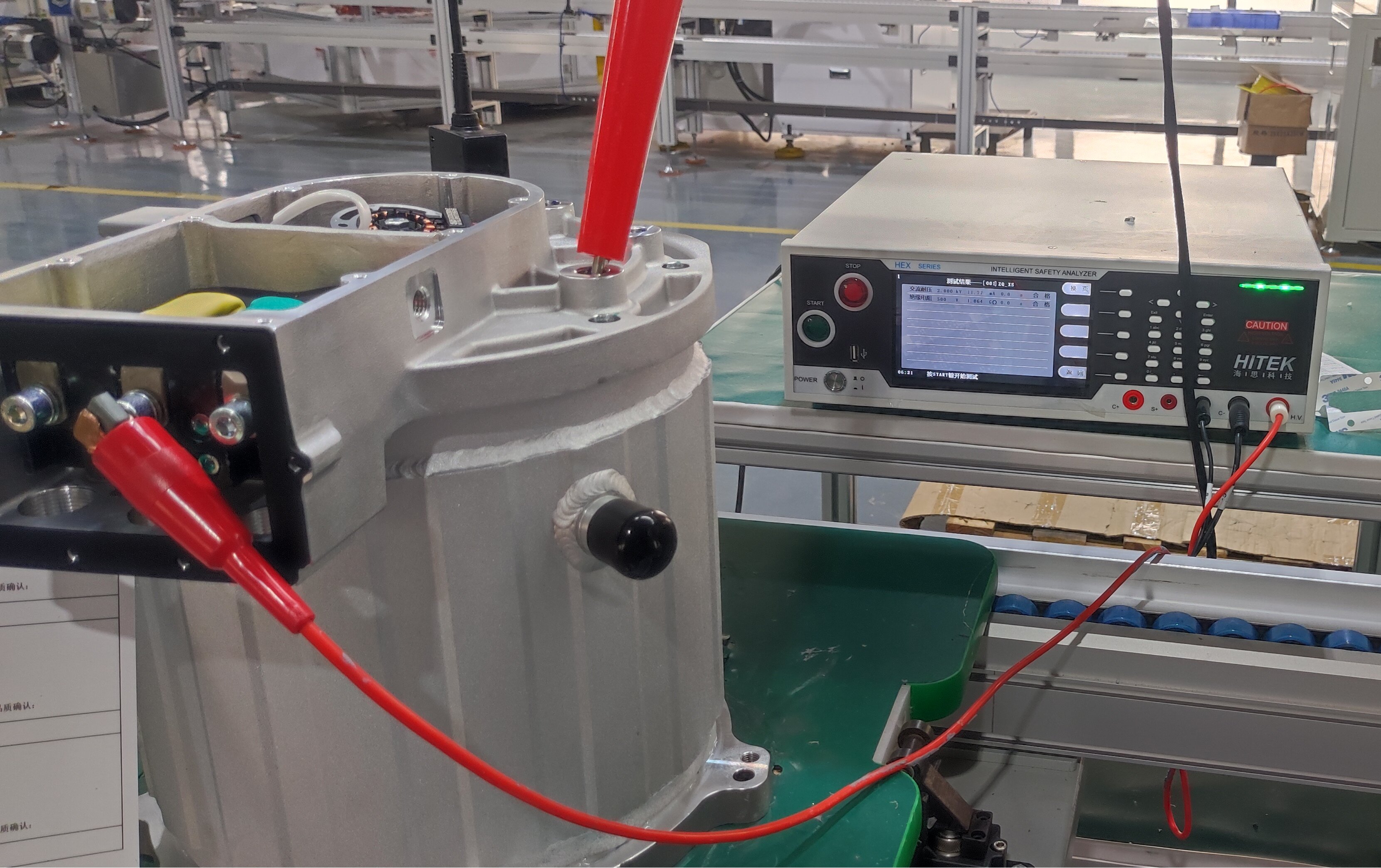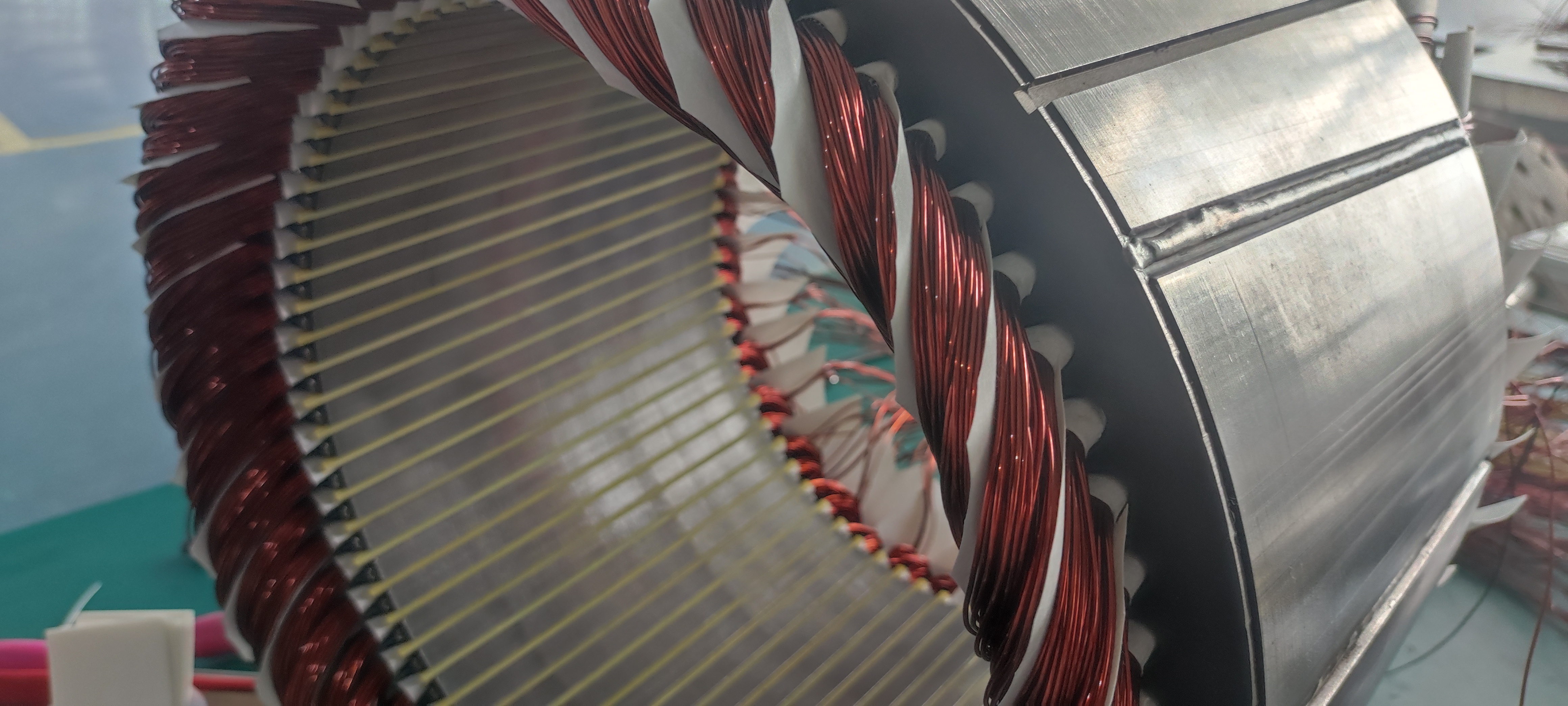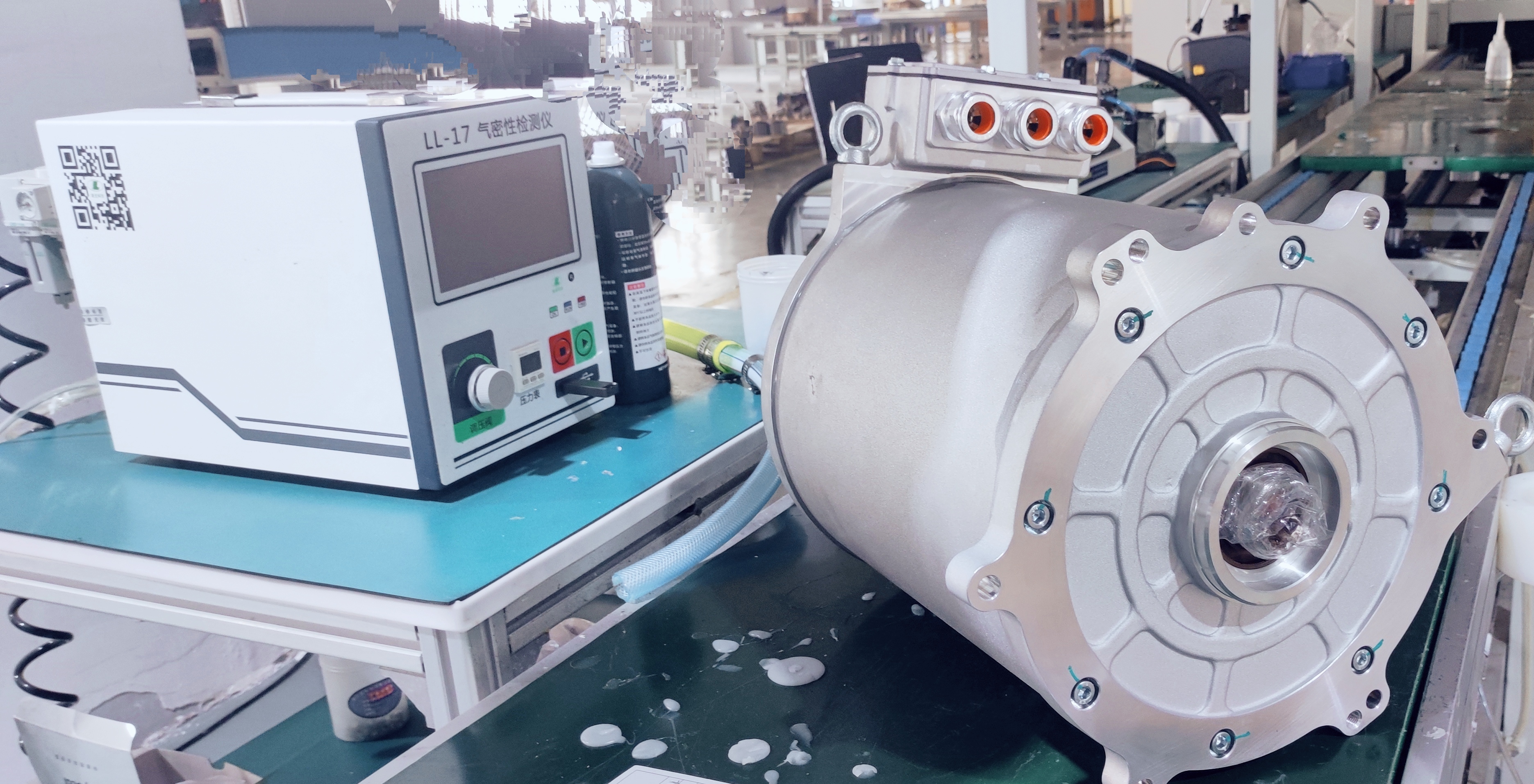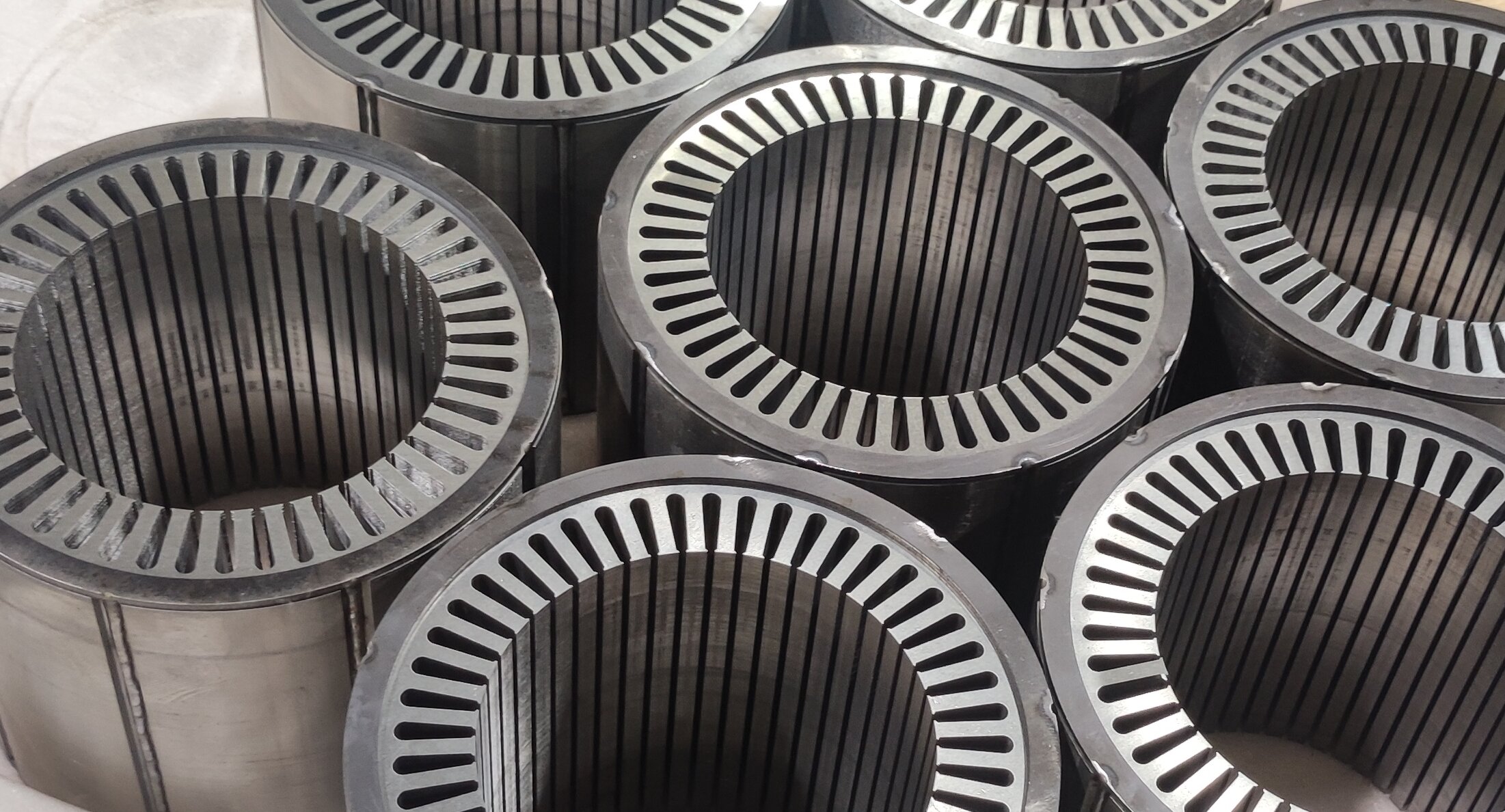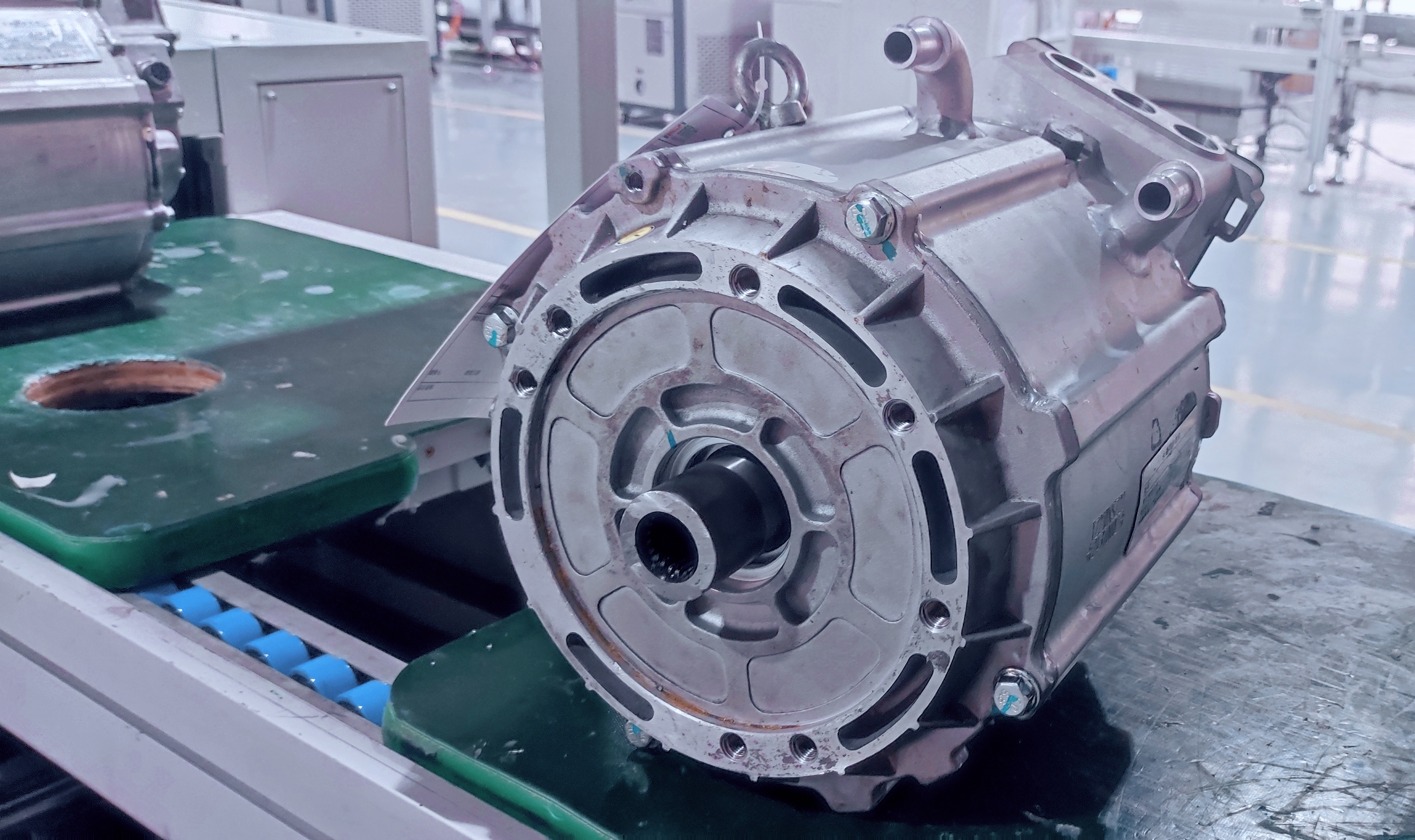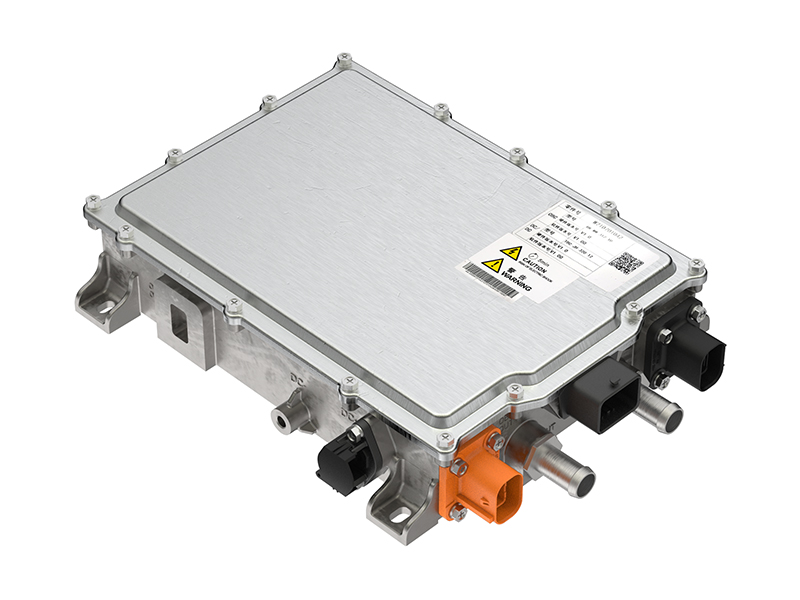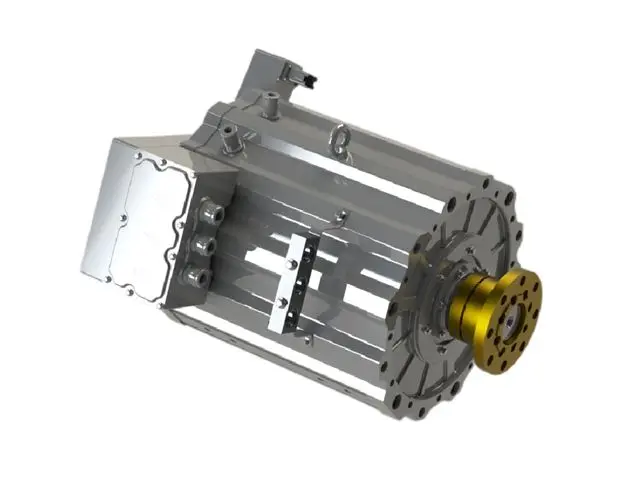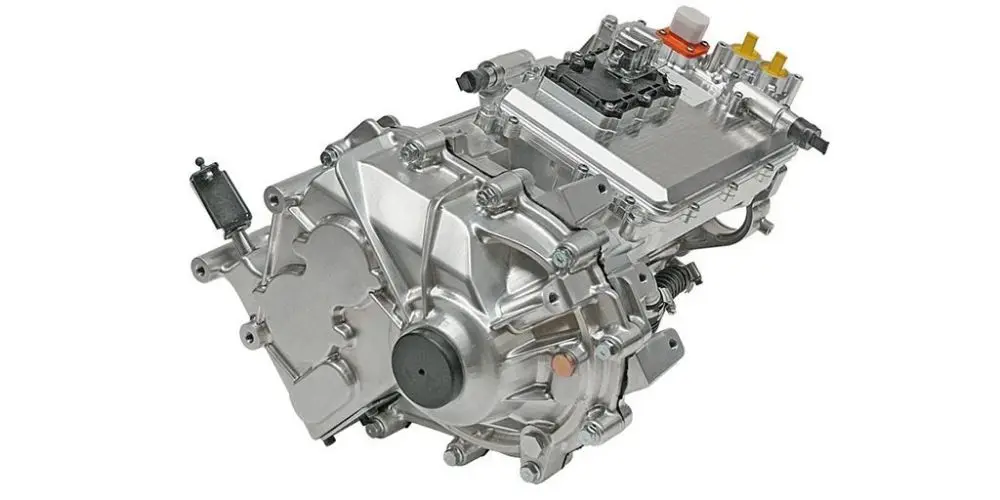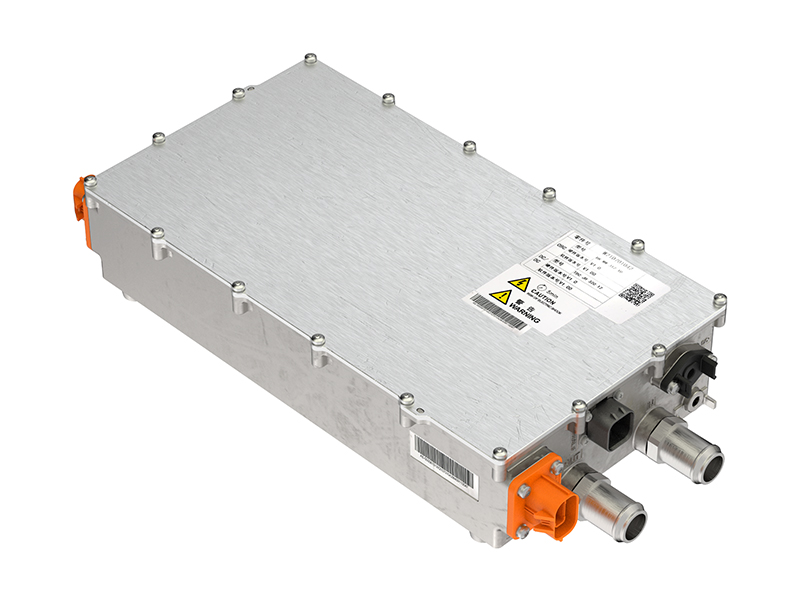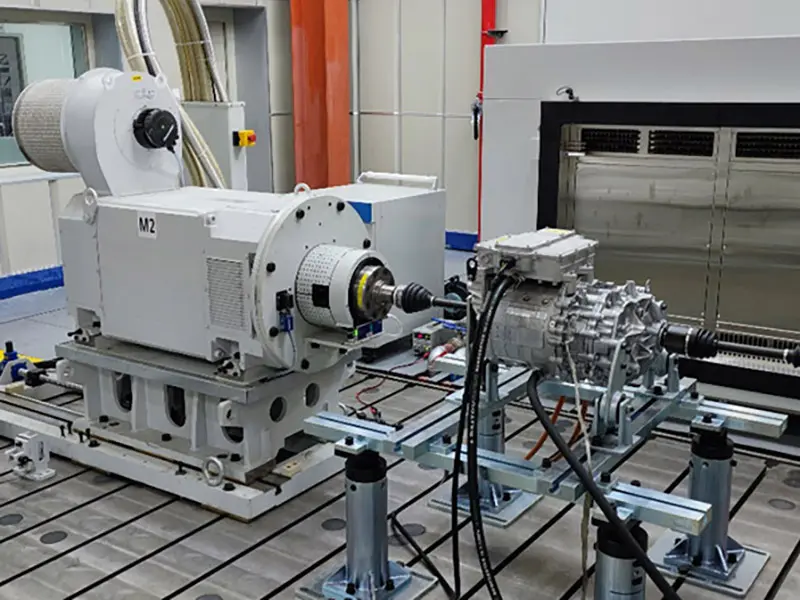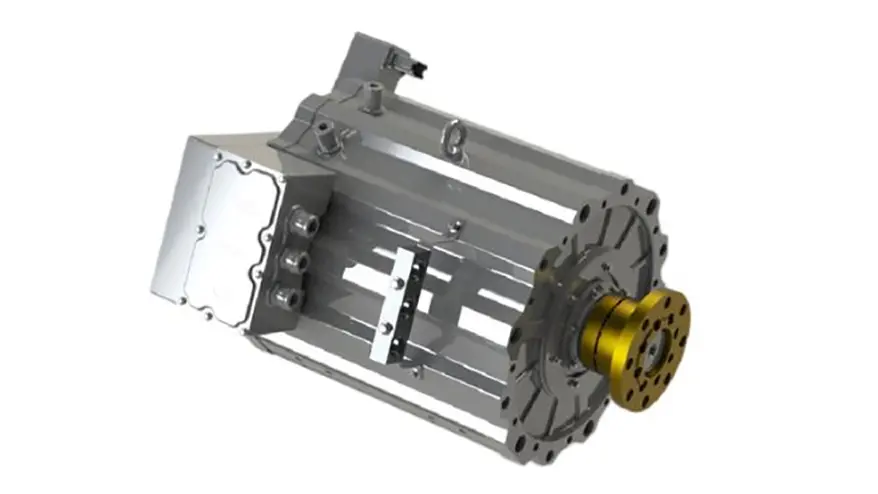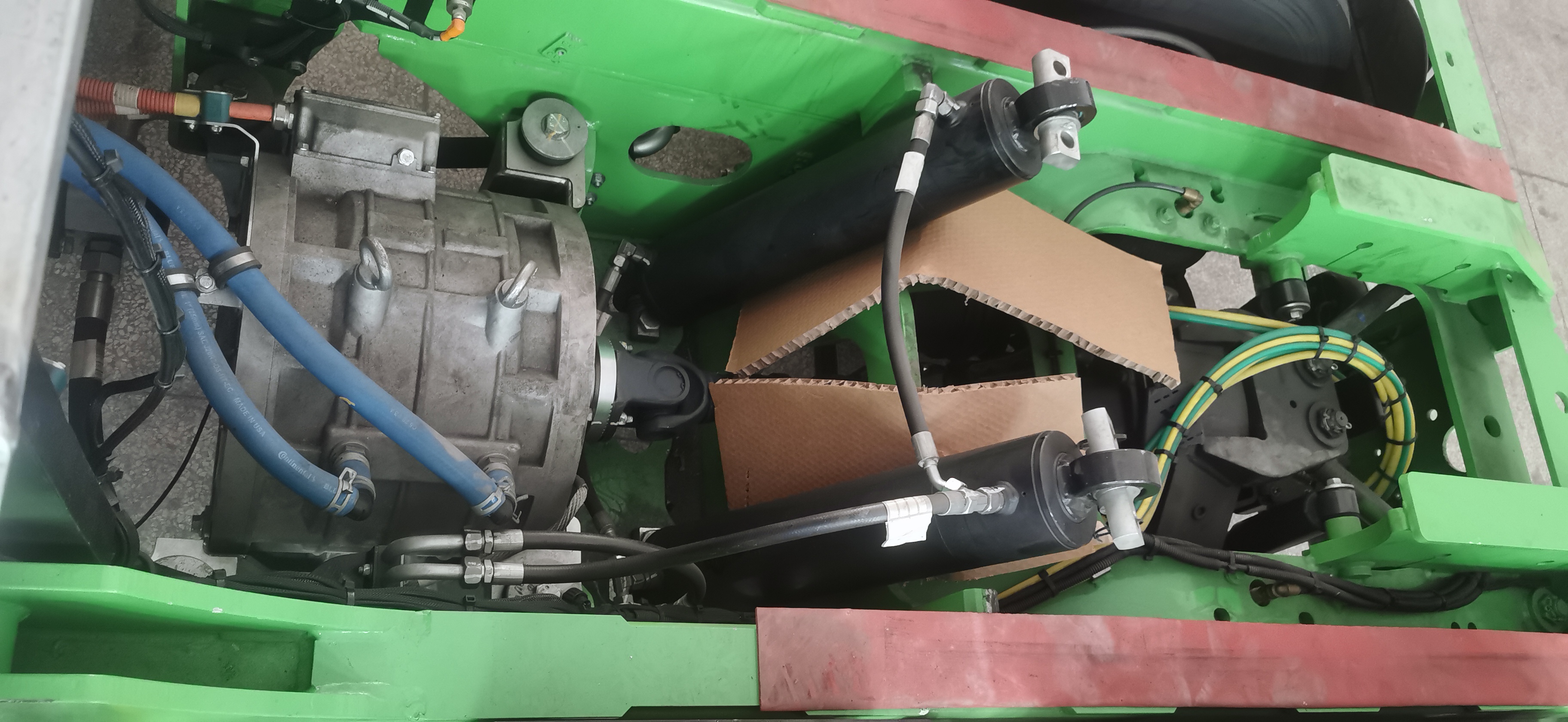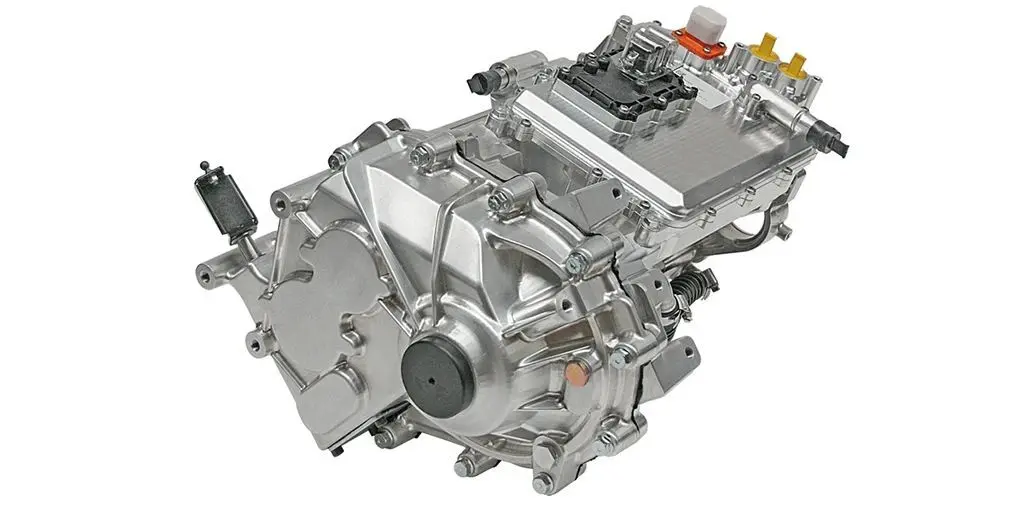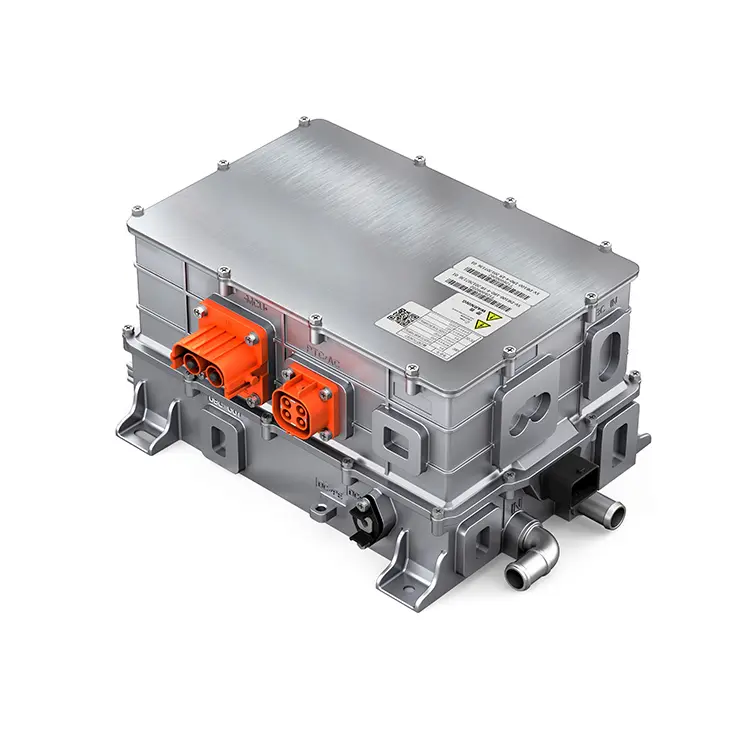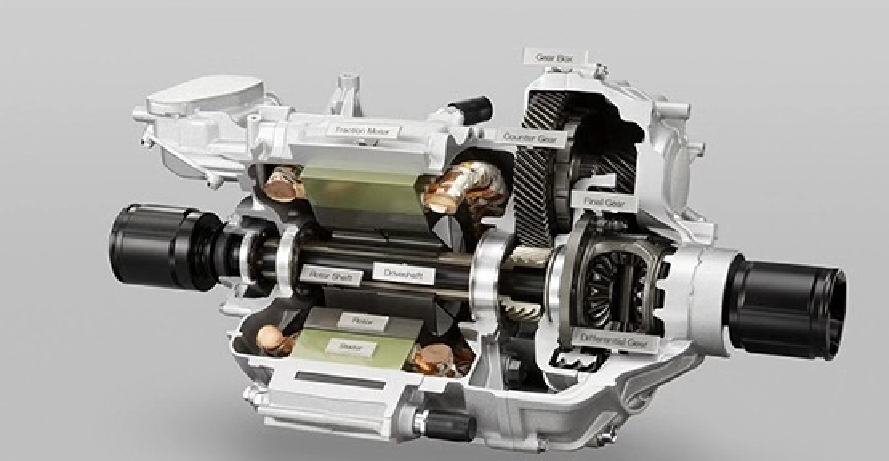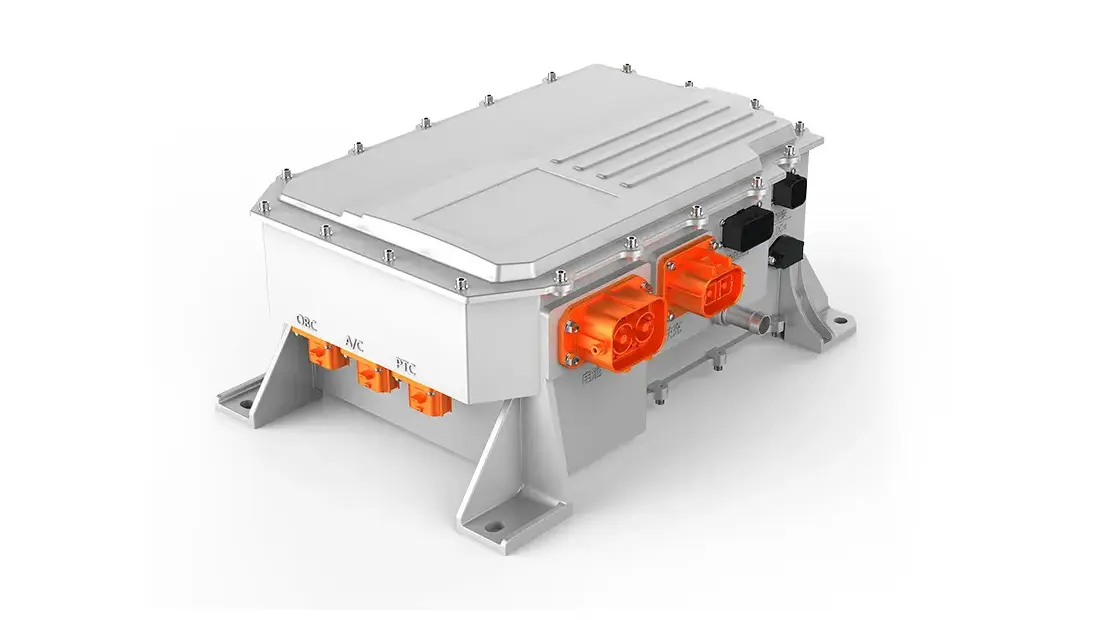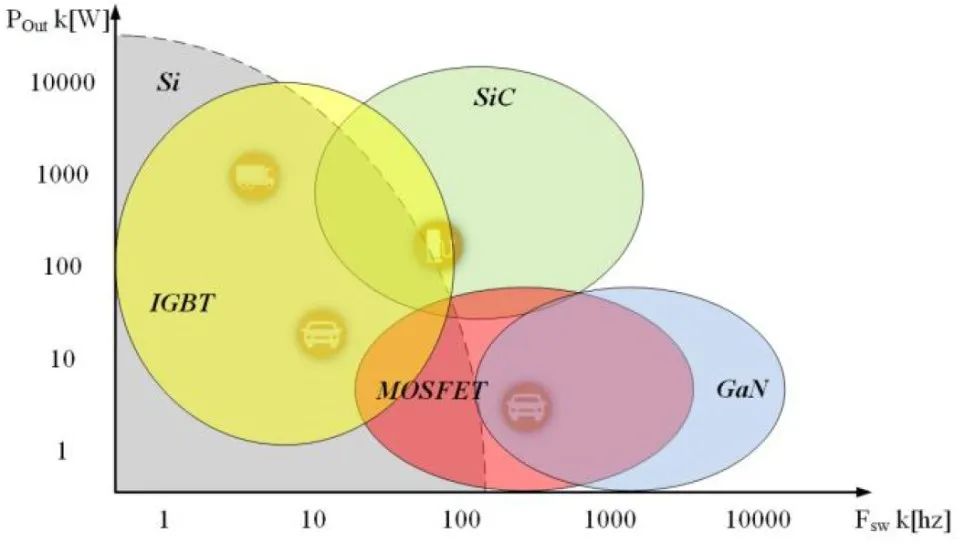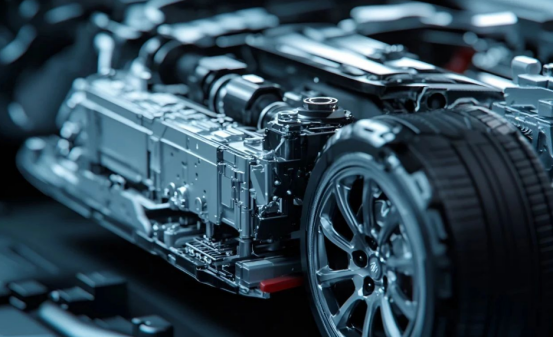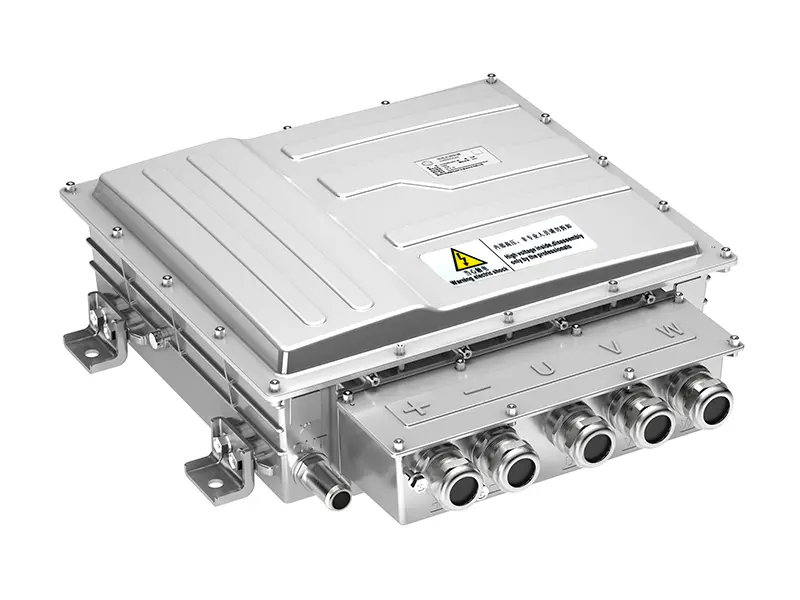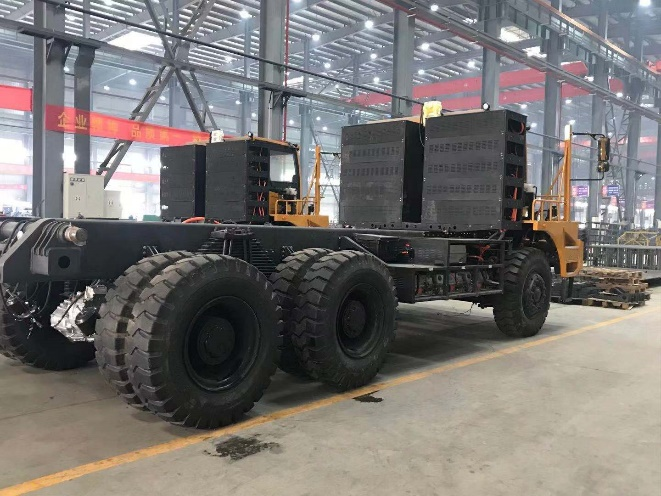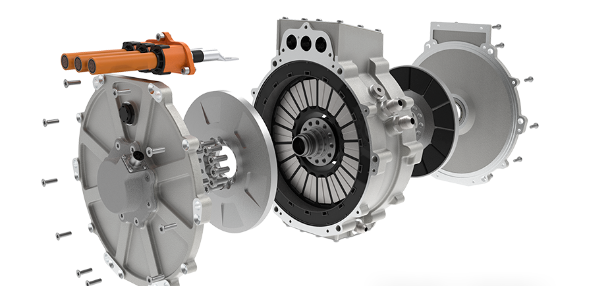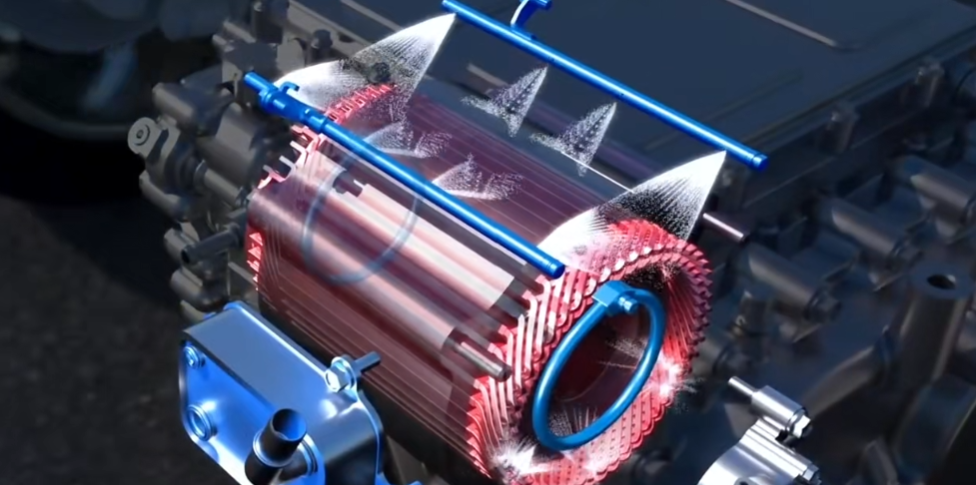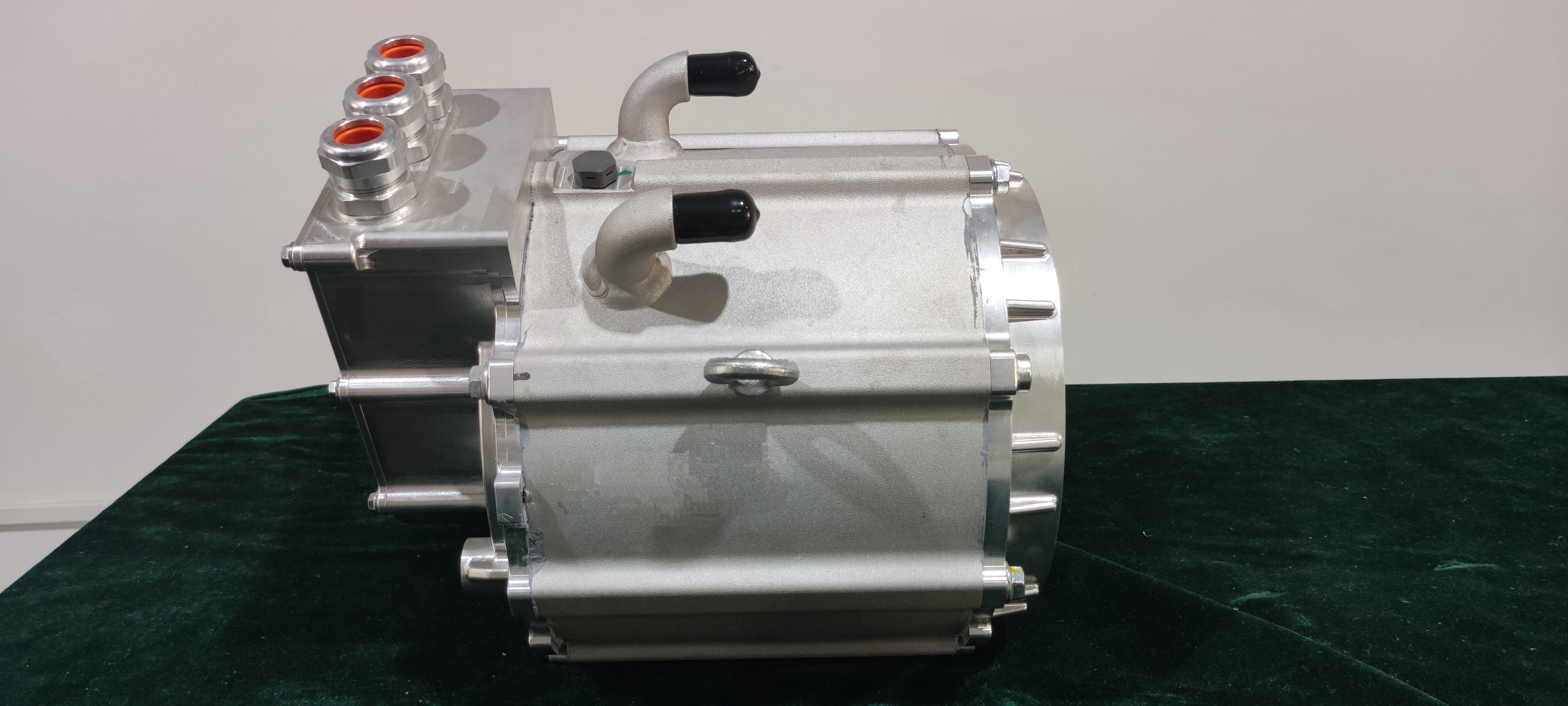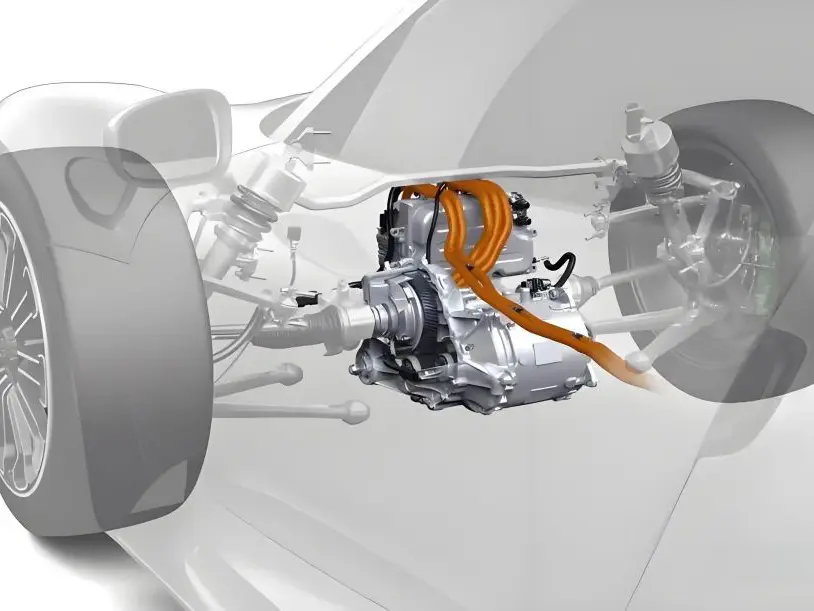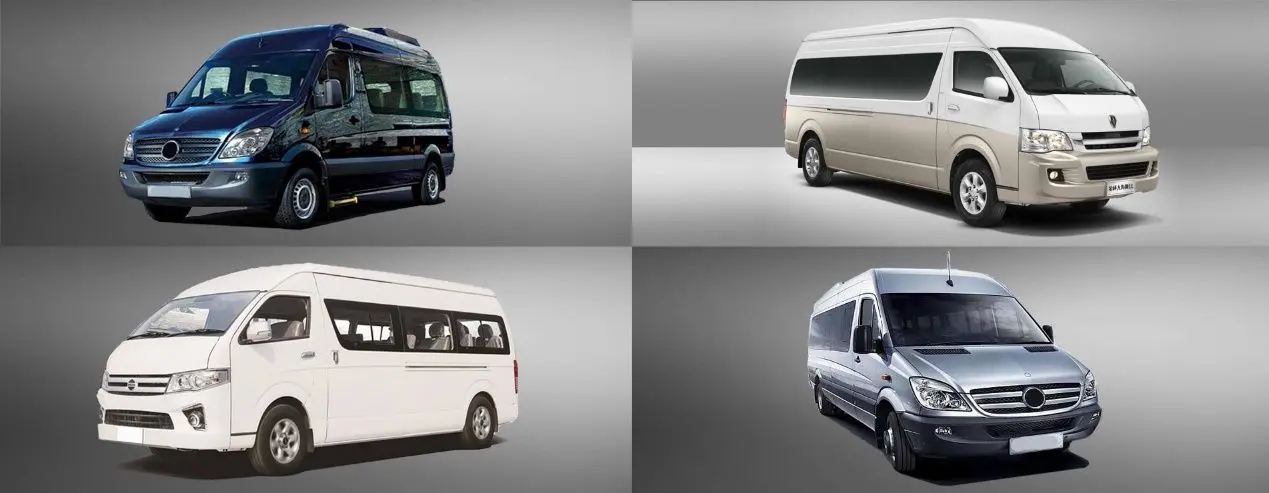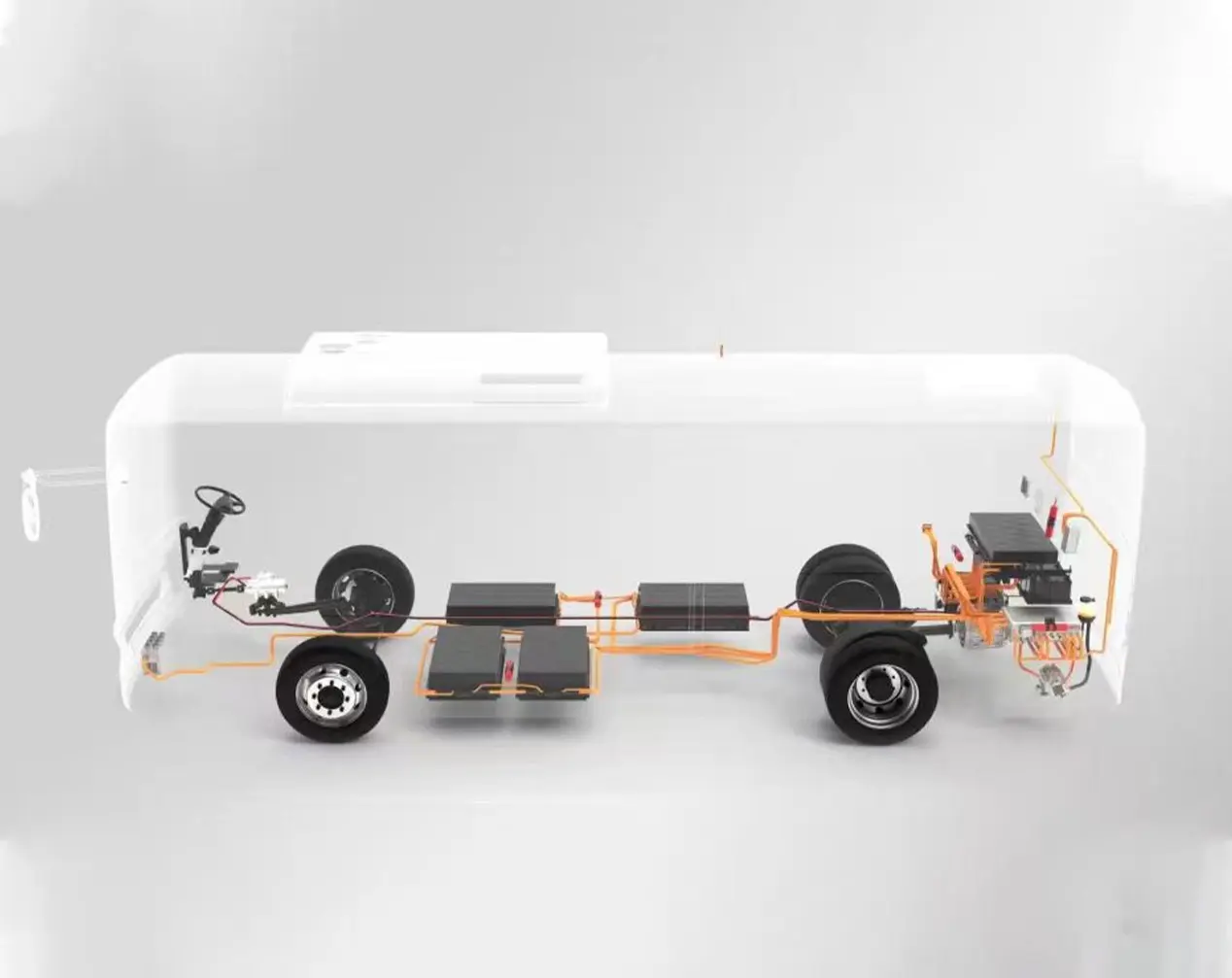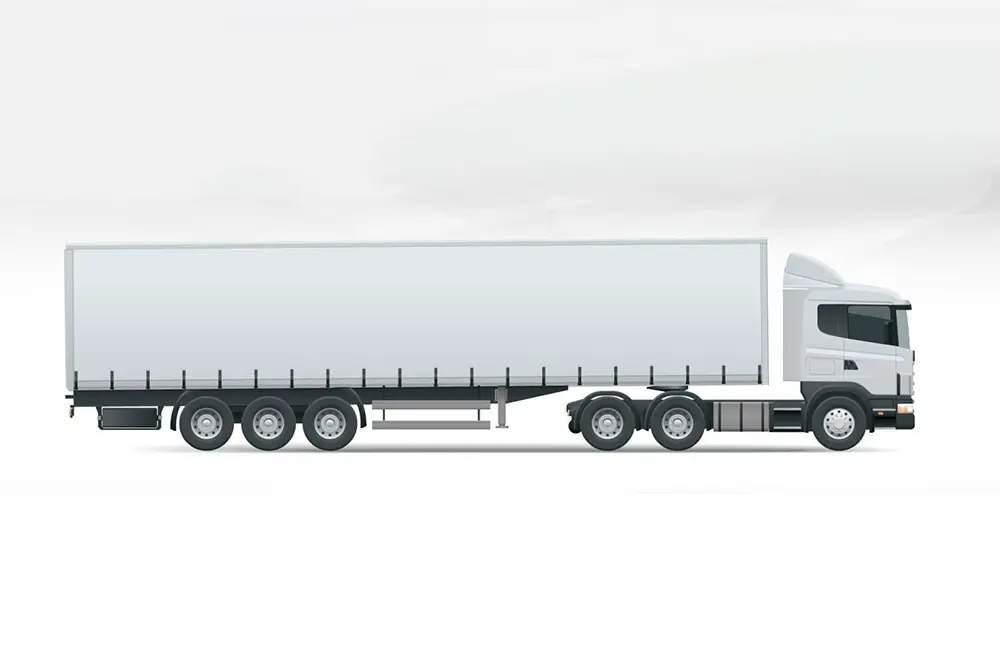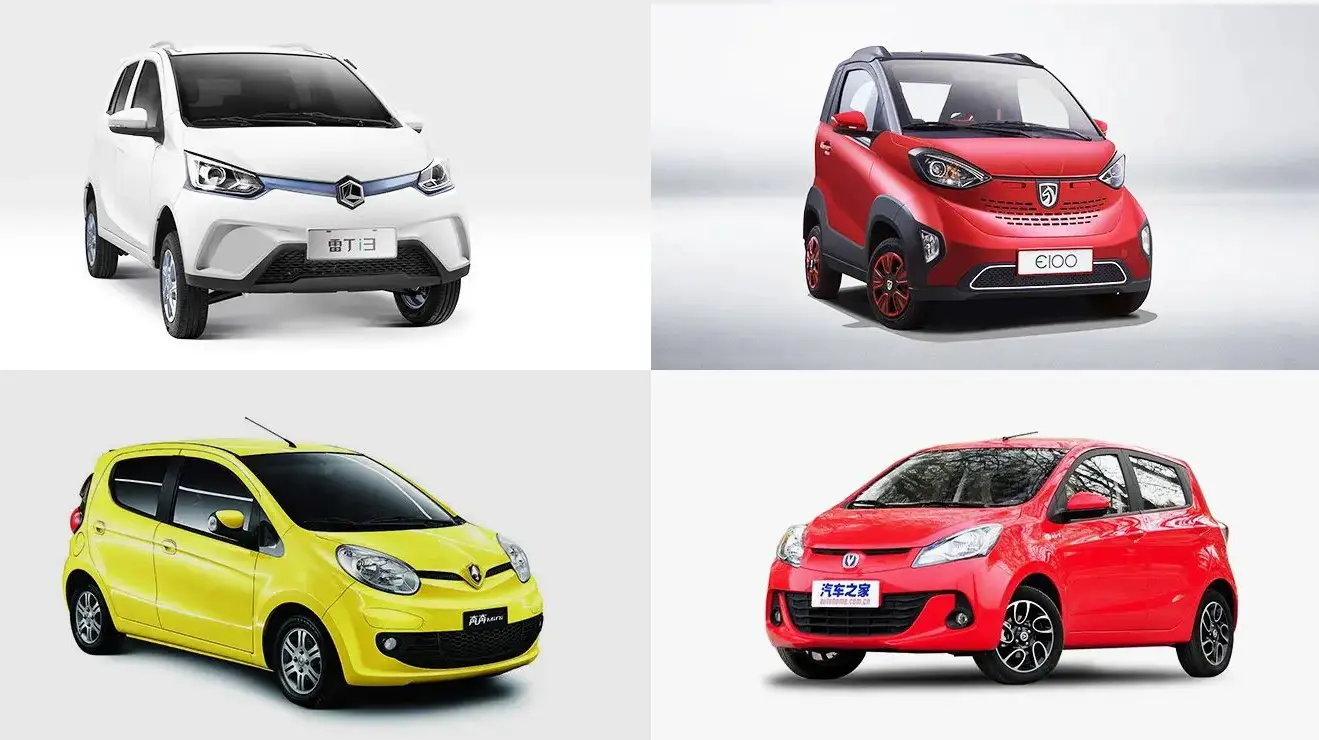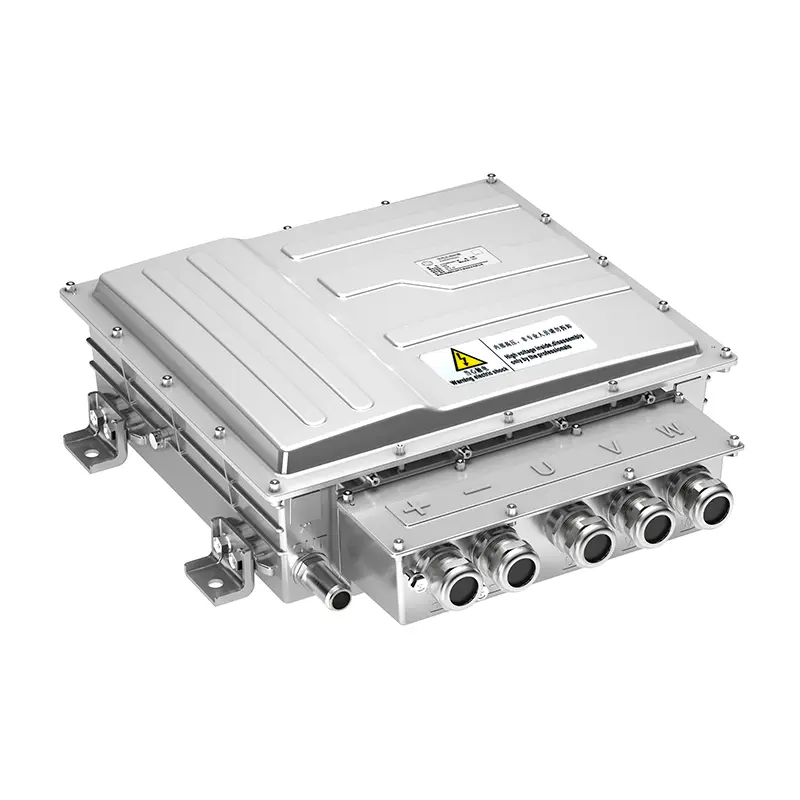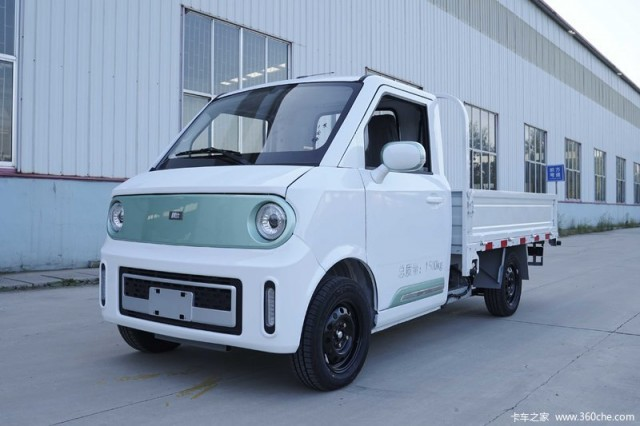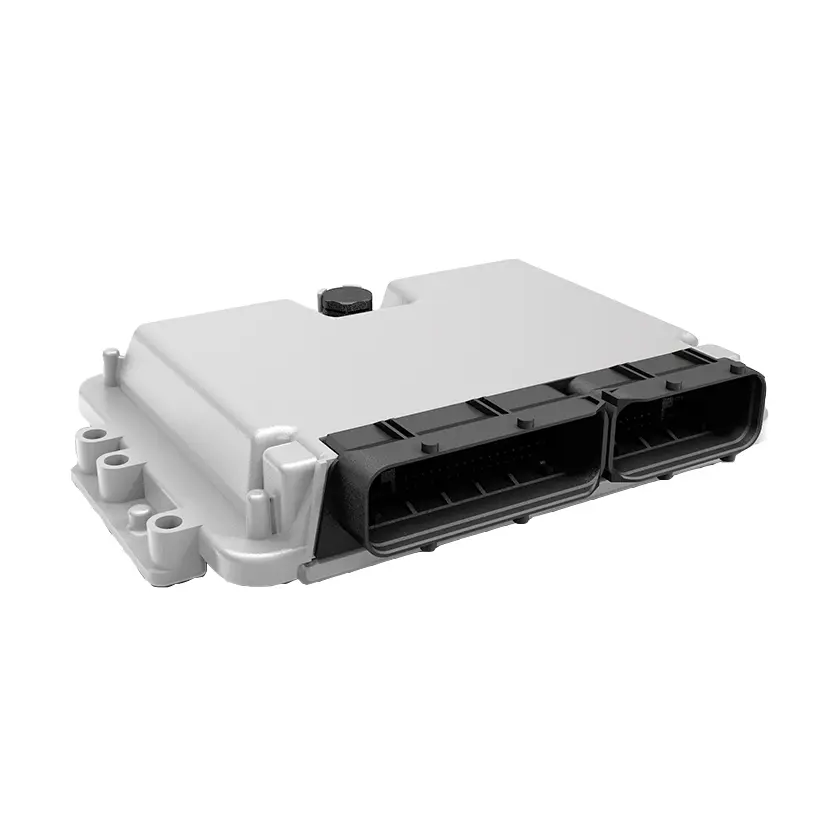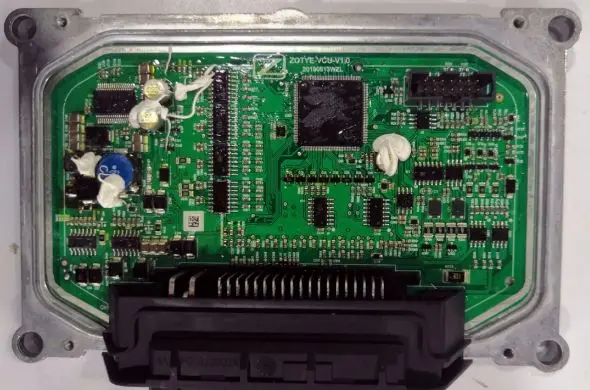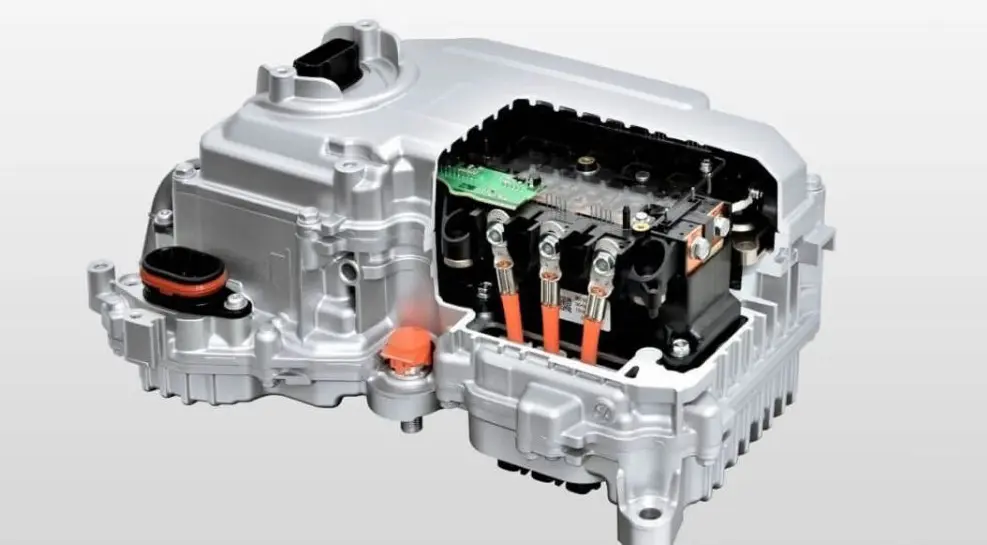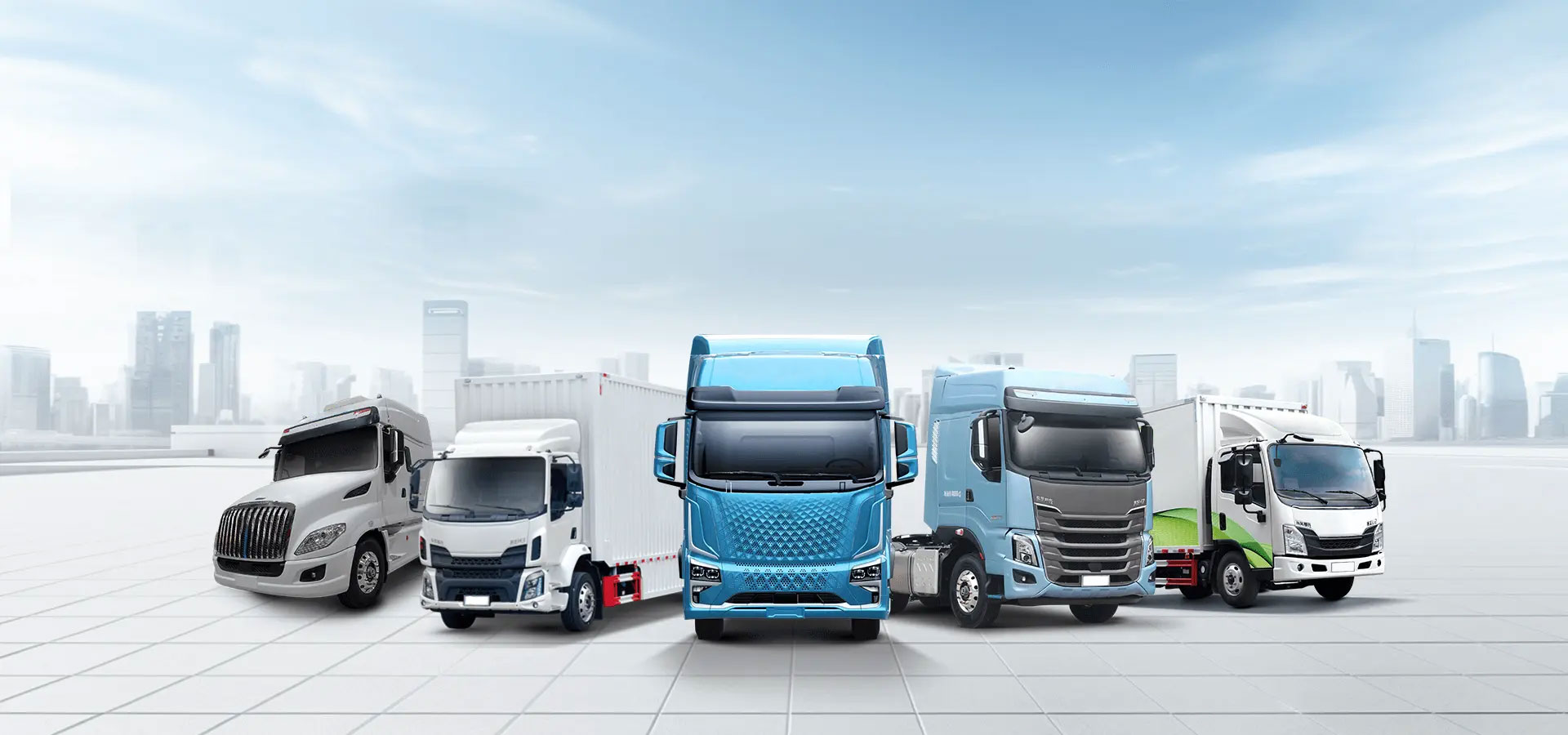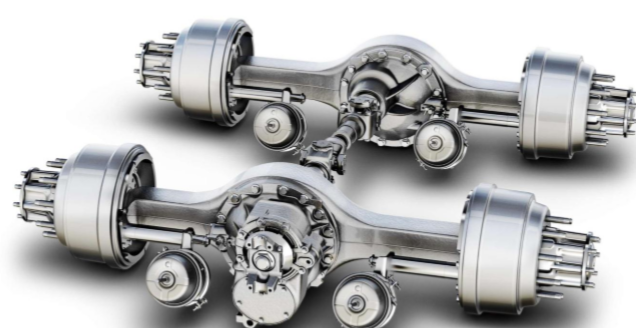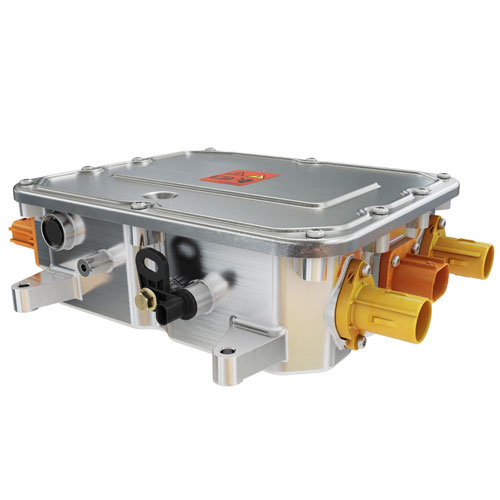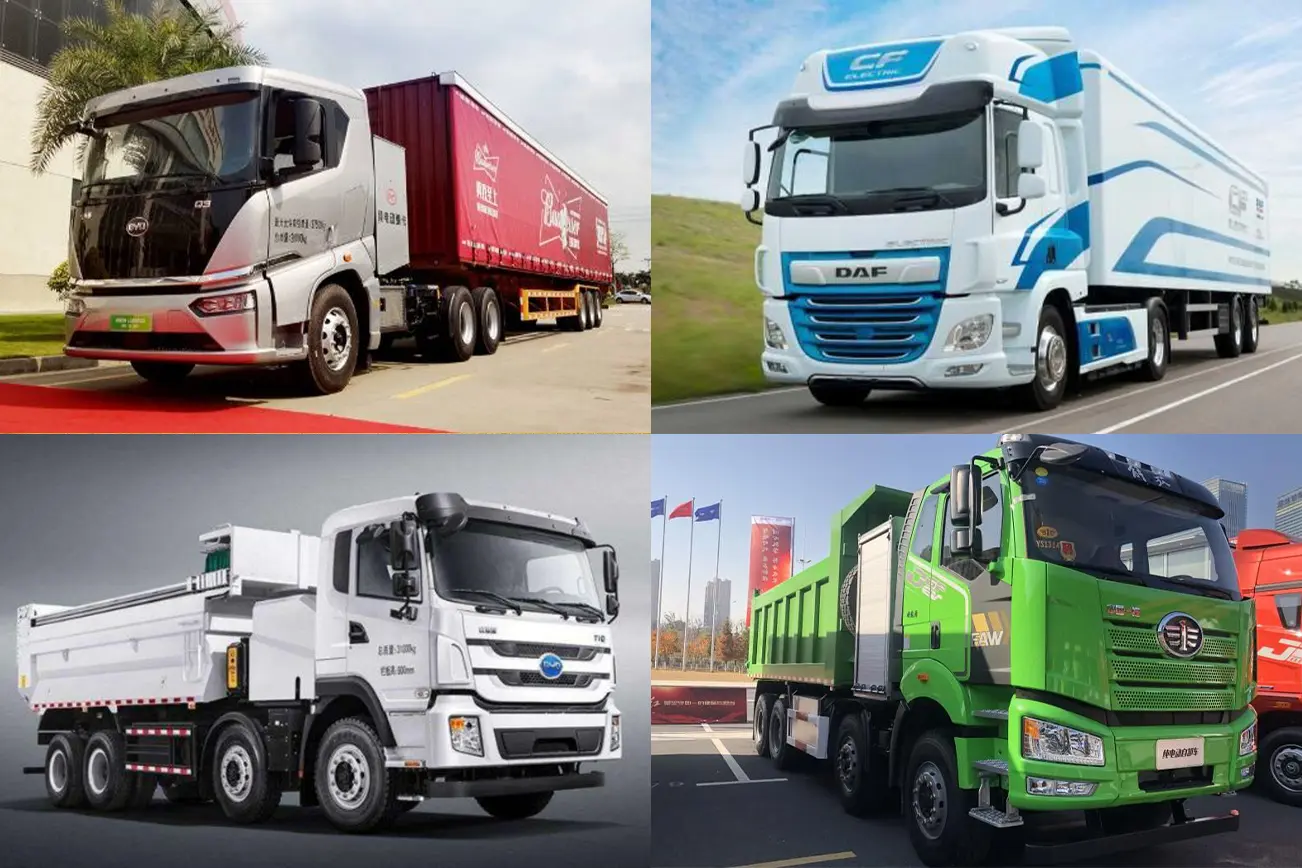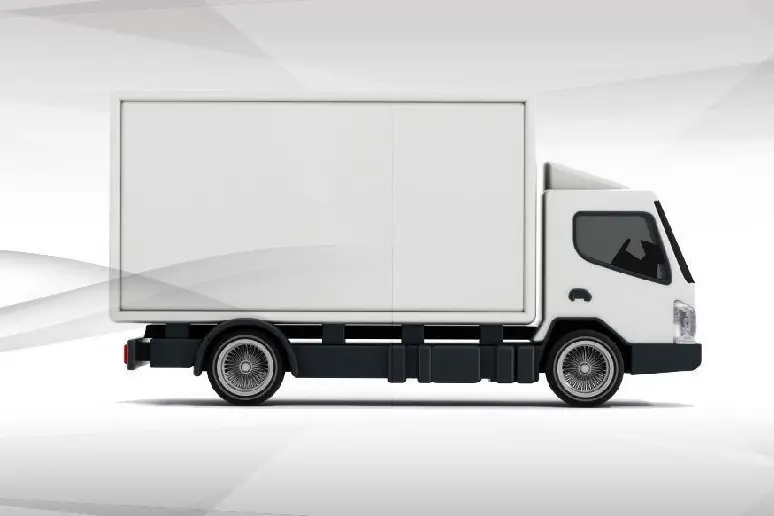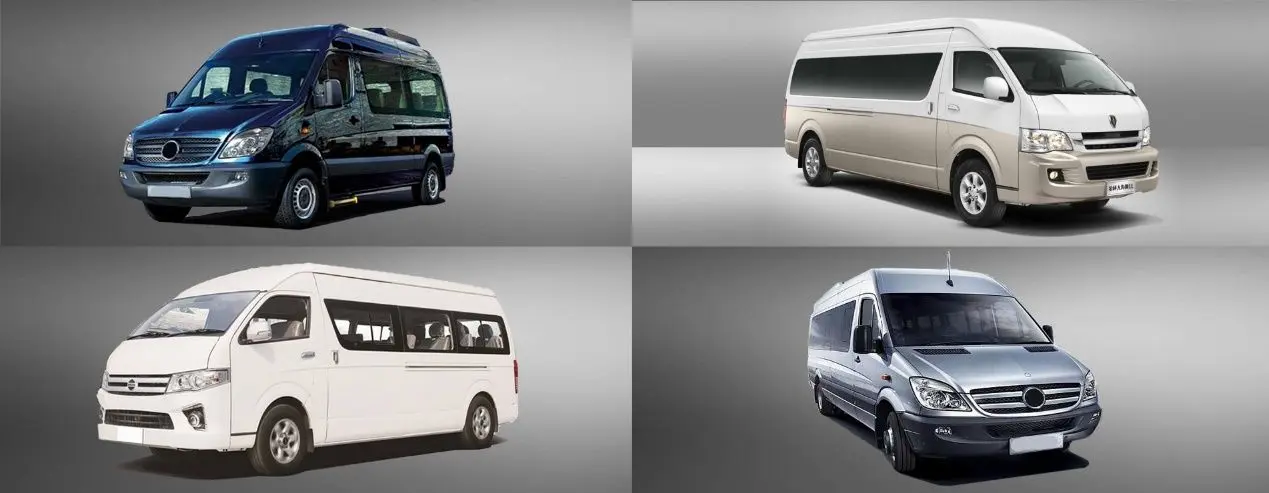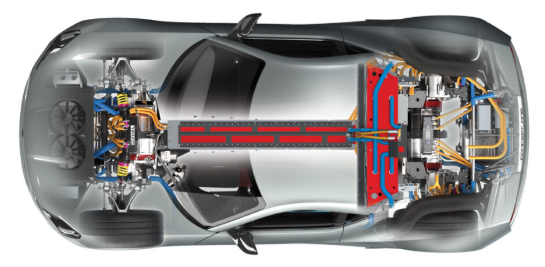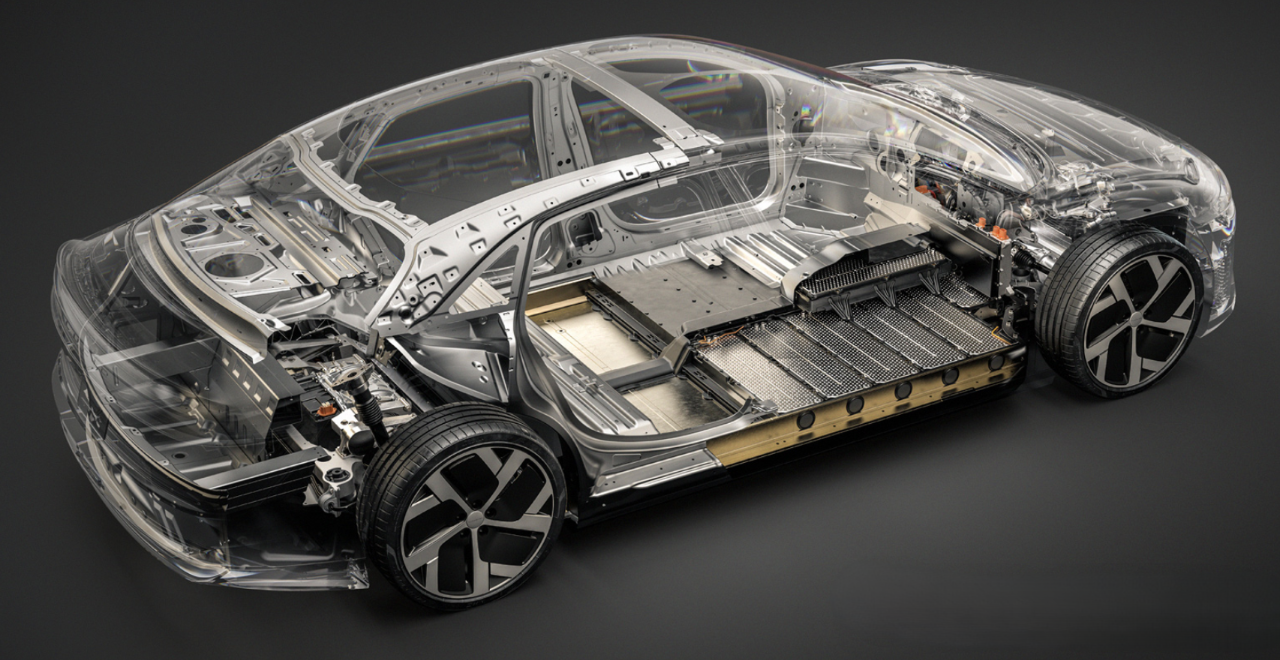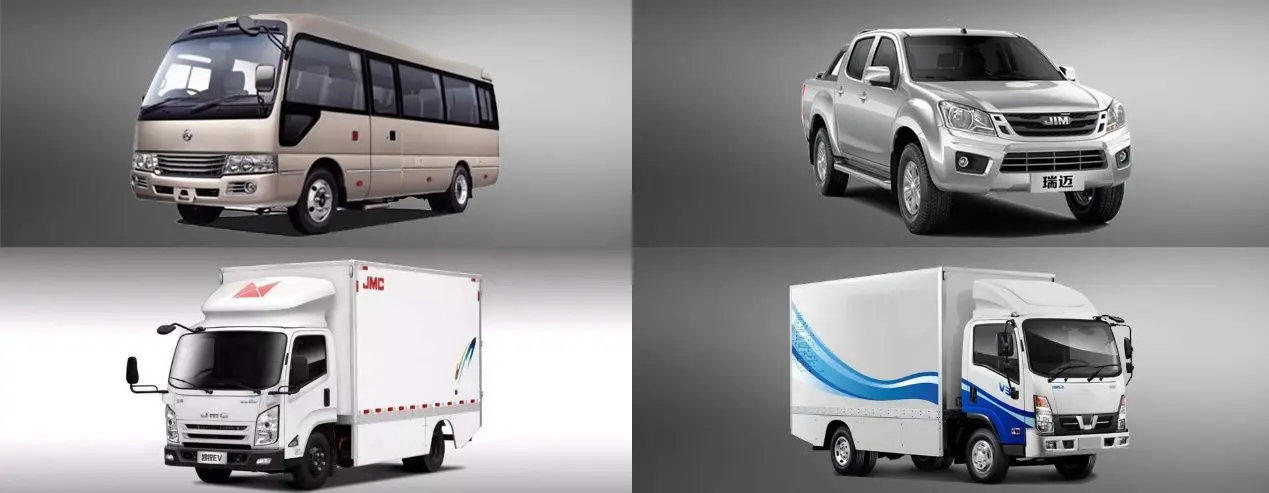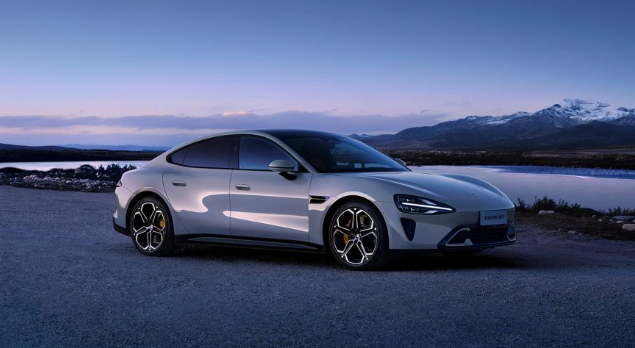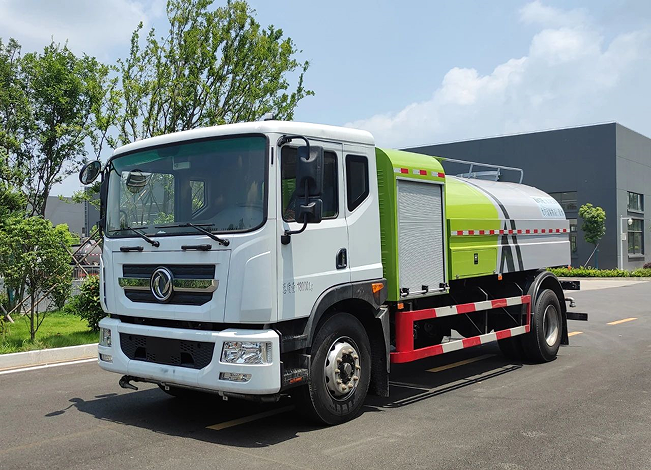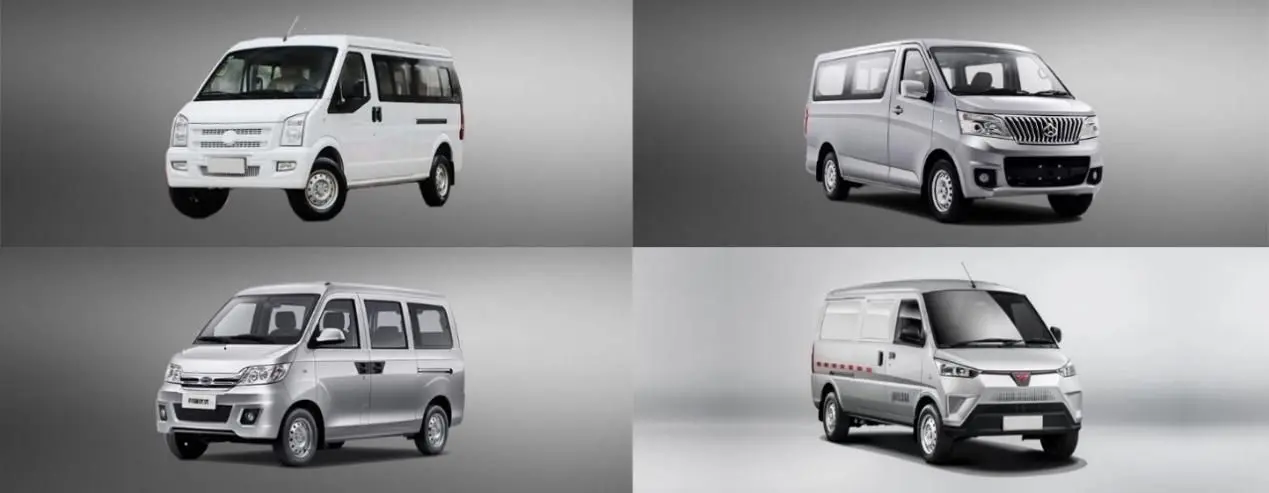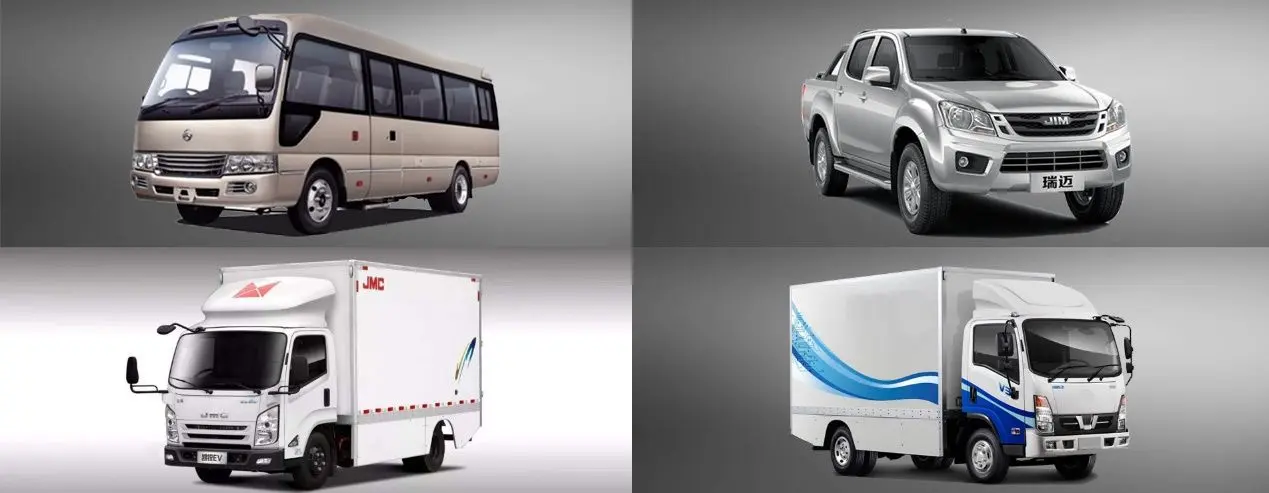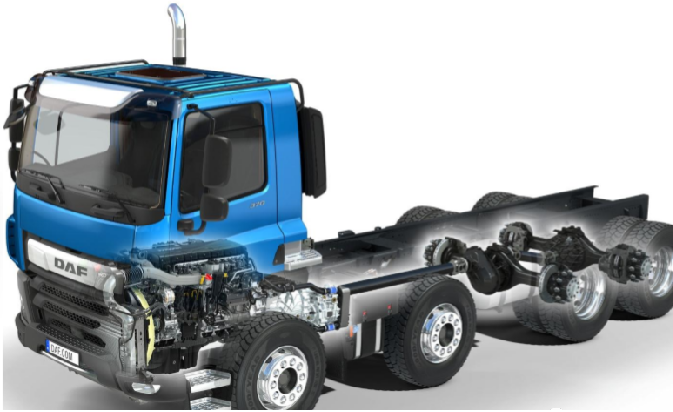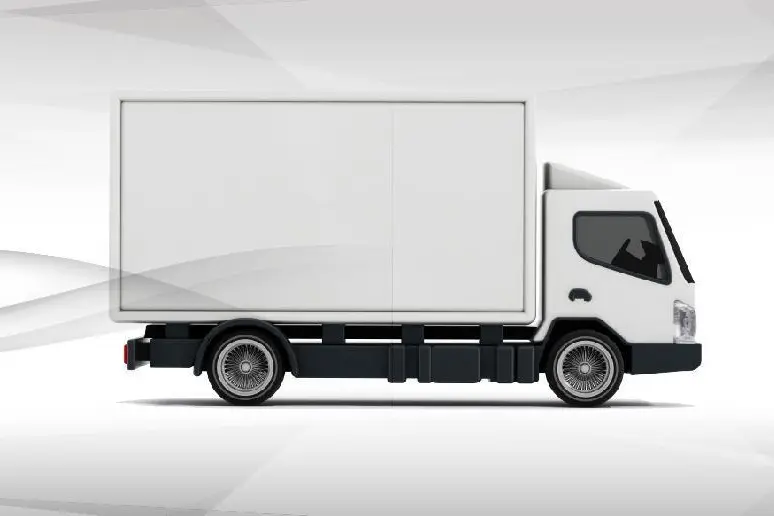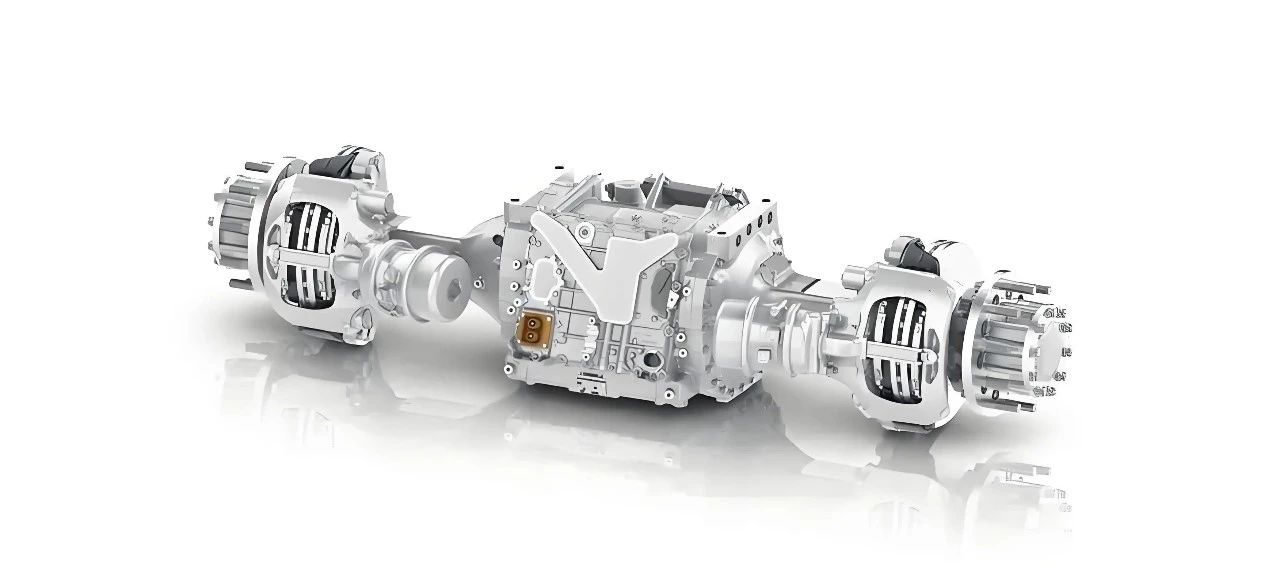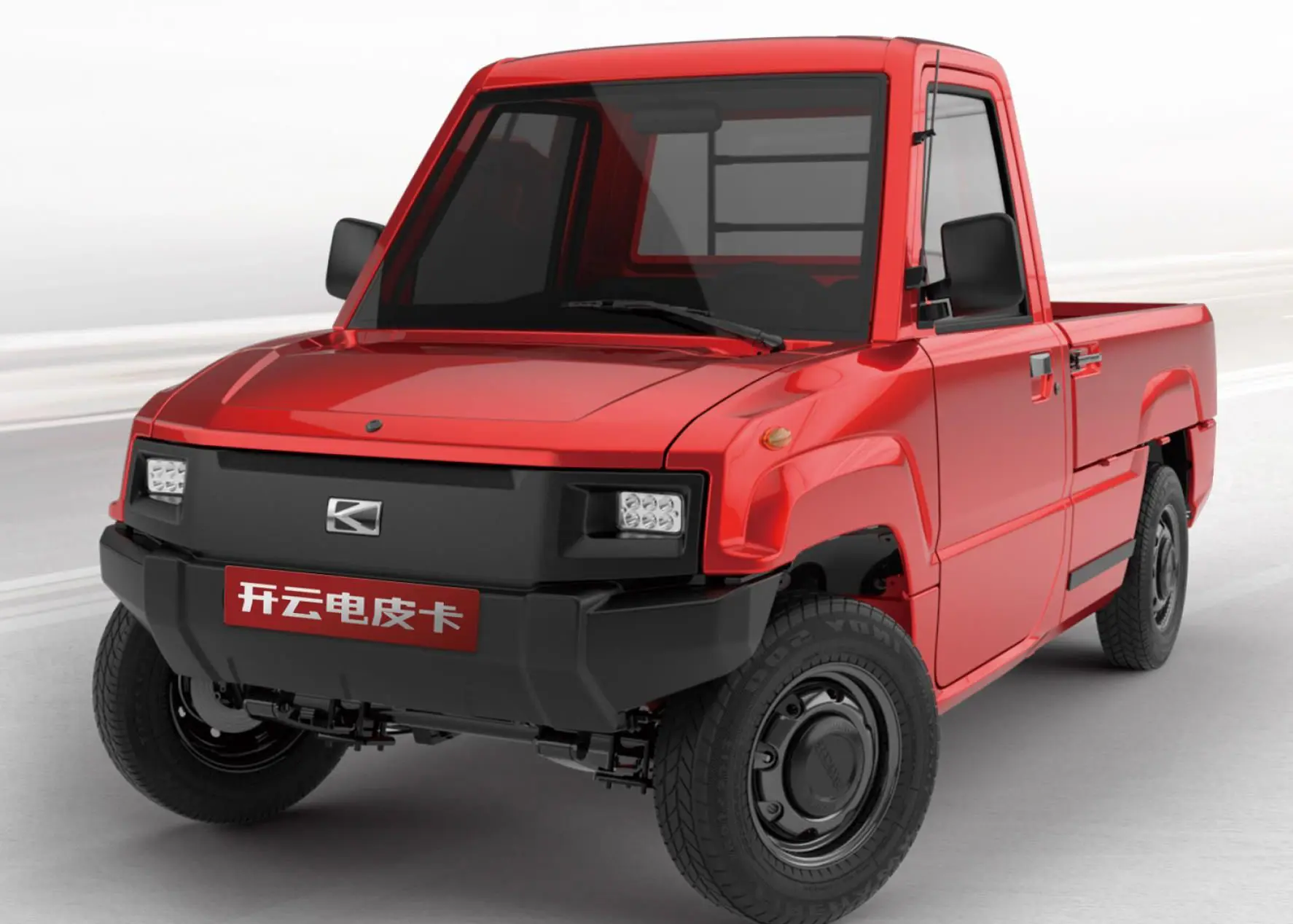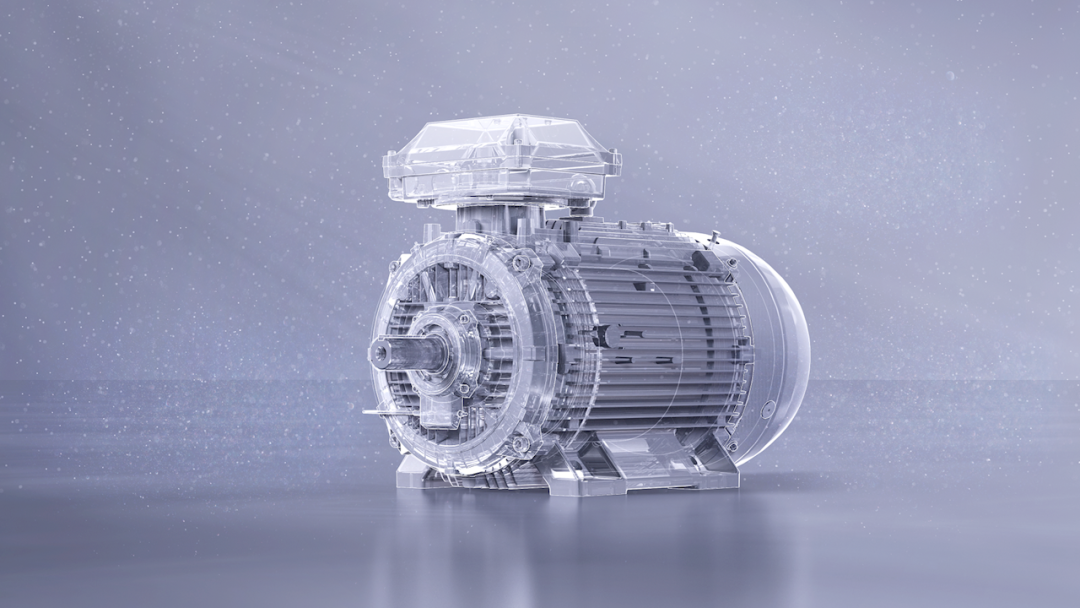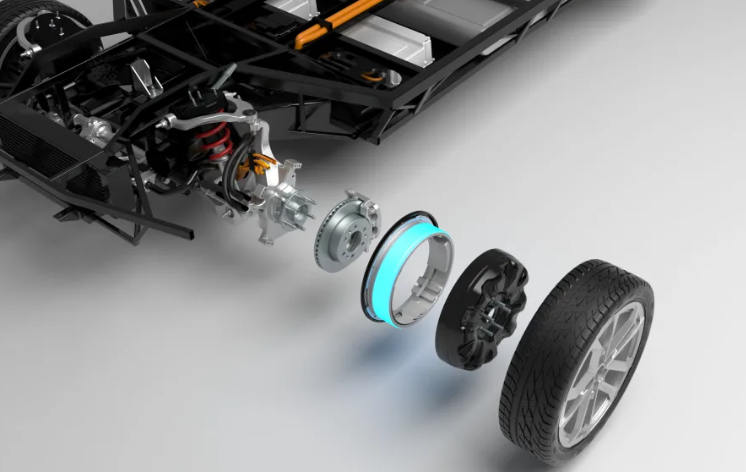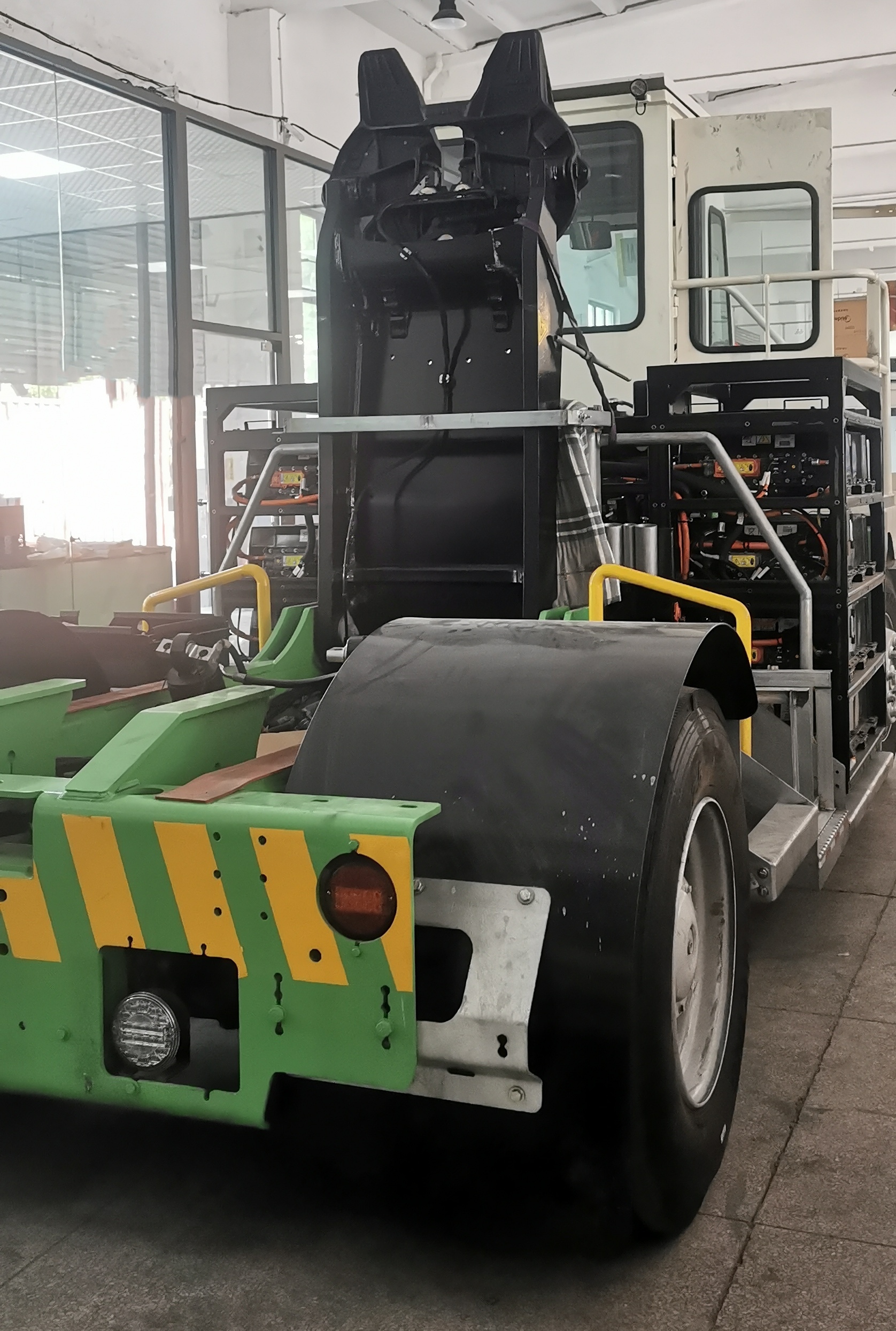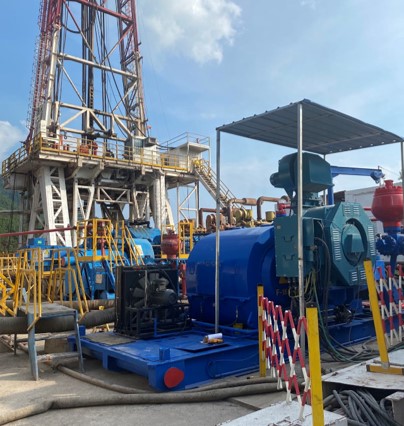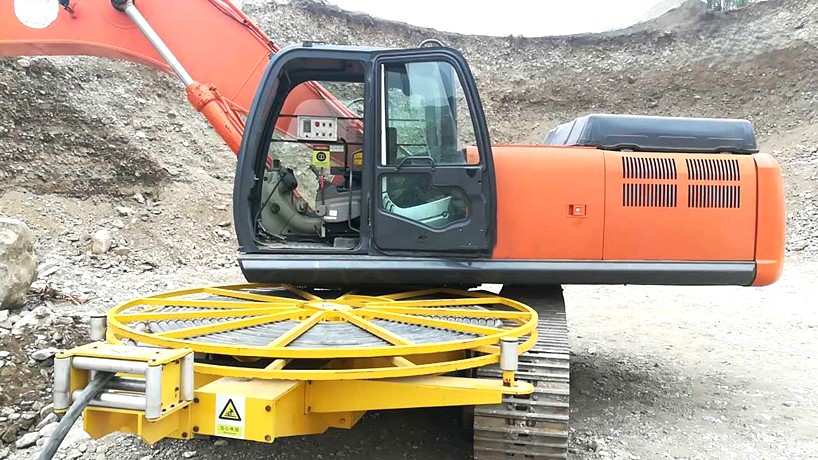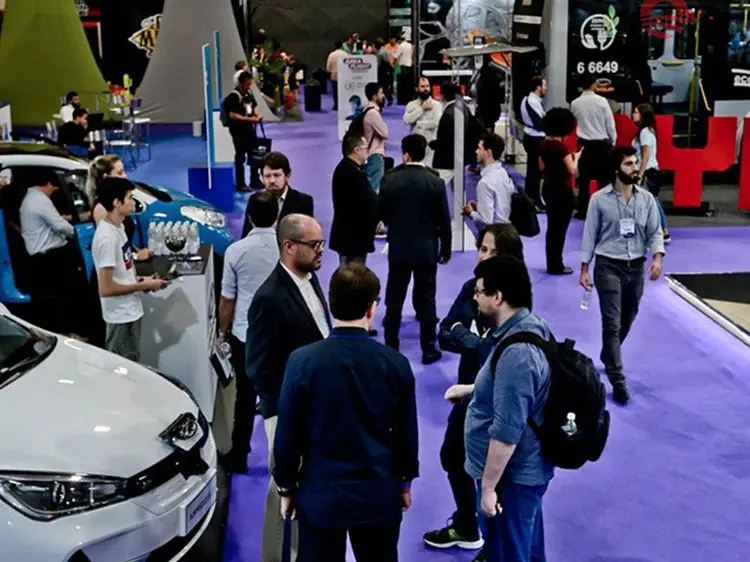How ev cars work: The Power Behind the Ev vehicle motor
1. Introduction - The Shift Towards Electric Mobility
The global transportation landscape is going through a radical transformation as the world moves toward sustainable and energy-efficient solutions. Thus, EVs have emerged as the cornerstone in this shift toward an eco-friendly alternative to traditional internal combustion engines. Within this growing demand for cleaner air and reduced carbon emissions, governments and consumers are accelerating the pace of technology adoption by EVs. It's not just passenger cars that are gaining electric mobility; heavy-duty logistics trucks, buses, and even sanitation vehicles and marine vessels will be powered by sophisticated electric systems guaranteeing better performance and reliability.
2. Understanding How ev cars work
The principle on which an EV works is basically converting electrical energy into mechanical motion. On the contrary, all the conventional vehicles burn fuel for obtaining power, whereas electric vehicles store energy in high-capacity batteries. The energy is supplied to a motor via a controller that works to generate electricity flow with preciseness. Once the accelerator is pressed, the controller sends current to the motor, and torque produced at either axle drives the wheels. This is silent and efficient without any tailpipe emissions. To further improve efficiency, regenerative braking systems capture kinetic energy during deceleration, feeding it back into the battery and thereby increasing driving range and reducing energy waste.
3. The Heart of the System: Ev vehicle motor
The electric vehicle motor is the heart of every electric powertrain; it transforms electrical energy into mechanical power in order to move the vehicle. There are many types of motors used in electric vehicles, such as permanent magnet synchronous motors, induction motors, and switched reluctance motors. Each of these motor types offers different advantages in efficiency, torque density, and cost. In heavy-duty electric vehicles and ships, high torque output, robust structure, and advanced cooling systems are designed into the motors for the most arduous operating conditions. Advanced Ev vehicle motors also integrate features such as water-cooling, high-speed bearings, and intelligent temperature management to ensure peak performance during continuous load.
4. Motor Controller: The Intelligent Brain
If the motor is the heart of the EV, then the motor controller is its brain. The controller regulates how much power goes to the motor and at what rate. It reads driver inputs, including throttle position and braking, and modulates the motor's speed and torque. Modern EV controllers make use of complex algorithms and real-time data to maximize efficiency, safeguard the motor, and ensure smooth operation. In heavy-duty applications, these controllers have to manage high voltages and currents and sustain stability under fluctuating loads. Besides, smart control systems integrate diagnostics and communication capabilities that allow remote monitoring and predictive maintenance; very important for fleets and marine systems.
5. Power Supply System: Charging and Conversion
The effective power supply system consists mainly of the battery pack, onboard charger, and power converters. The battery stores energy, while the charger replenishes it by converting AC power from the grid into DC power suitable for the battery. Power converters regulate voltage and current between components, ensuring that each subsystem gets the right level of power. DC fast-charging and high-voltage architectures can be installed for large-scale electric trucks or ships, which allow rapid replenishment of energy for extended operation time. An intelligent BMS monitors temperature, charge status, and cell health of the battery to improve performance and prolong its lifetime.
6. System Integration: Building a Reliable Electric Powertrain
A truly efficient EV powertrain seamlessly integrates all the key systems that include the motor, controller, and power supply. This integration ensures that energy flows smoothly from the battery to the wheels with minimum loss of energy and highest efficiency. Design engineers in heavy-duty electric vehicles and marine applications build modular systems that can be adapted to a wide range of power demands and various operational environments. Integration includes proper thermal management to ensure that components operate at their rated temperatures. Advanced control software will interface motor performance with power demand, resulting in consistent torque delivery, acceleration, and regenerative braking response.
7. Applications: From Roads to Water
Electric power systems are far from being limited to passenger vehicles alone. Today, logistics trucks, city buses, sanitation vehicles, and even marine vessels are all being updated with electric technology. Heavy-duty EVs benefit from high-torque motors capable of moving significant loads with zero emissions, reducing both noise and operational costs. In marine applications, electric propulsion systems deliver smooth and quiet operation, ideal for ports and environmentally sensitive areas. Hybrid-electric ship systems combine the reliability of traditional engines with the efficiency of electric drives, further reducing fuel consumption and pollution.
8. Advantages of Integrated EV Power Systems
Integrated EV power systems offer a number of advantages related to performance, reliability, and sustainability. By combining the motor, controller, and power supply into one integrated system, manufacturers can realize a number of benefits, including higher efficiency, easier maintenance, and greater overall system durability. Because these systems are modular, scalability across different vehicle sizes and types is possible. Electric fleets for logistics and public transportation ensure cleaner urban environments and reduced energy costs. Moreover, reduced mechanical complexity in electric drivetrains implies fewer moving parts and fewer maintenance needs, thus extending service life. It offers exceptional energy efficiency, low vibration, and silent operation in integrated electric propulsion for marine applications and helps to construct a more sustainable future in the maritime field.
9. Conclusion: Driving the Future of Heavy-Duty Electric Mobility
The changes in electric vehicle technology are allowing us to rethink the way in which goods, people, and even ships are moved around the world. Understanding how ev cars work, from the motor and controller to the power supply, reveals remarkable engineering that underlies these machines. As technology evolves, integrated EV power systems will keep getting more efficient, robust, and adaptable, accelerating the growth of electric mobility across industries. At the heart of this transformation-whether on roads or in waters-is an electric motor, propelling a cleaner, quieter, and more sustainable future of transportation.










